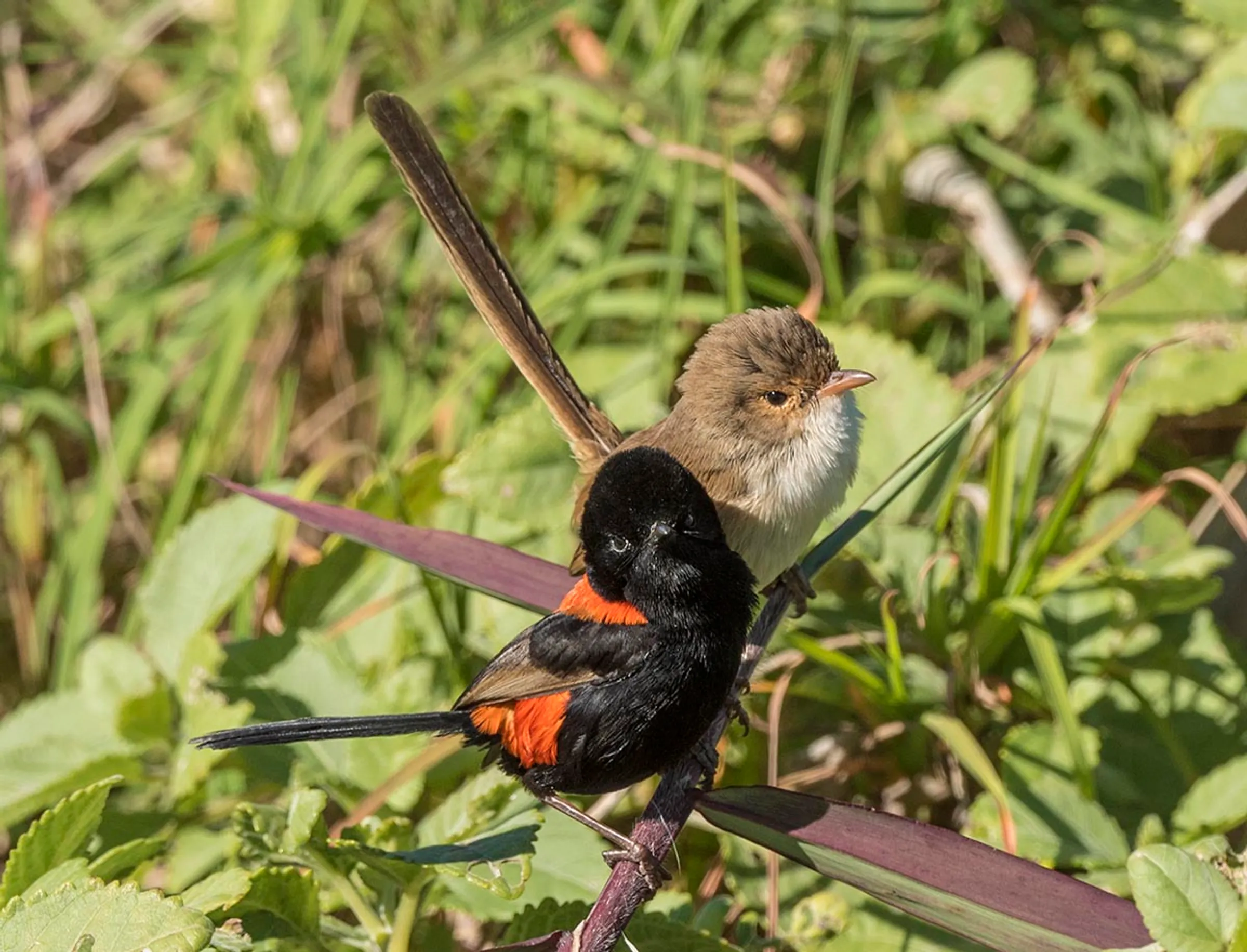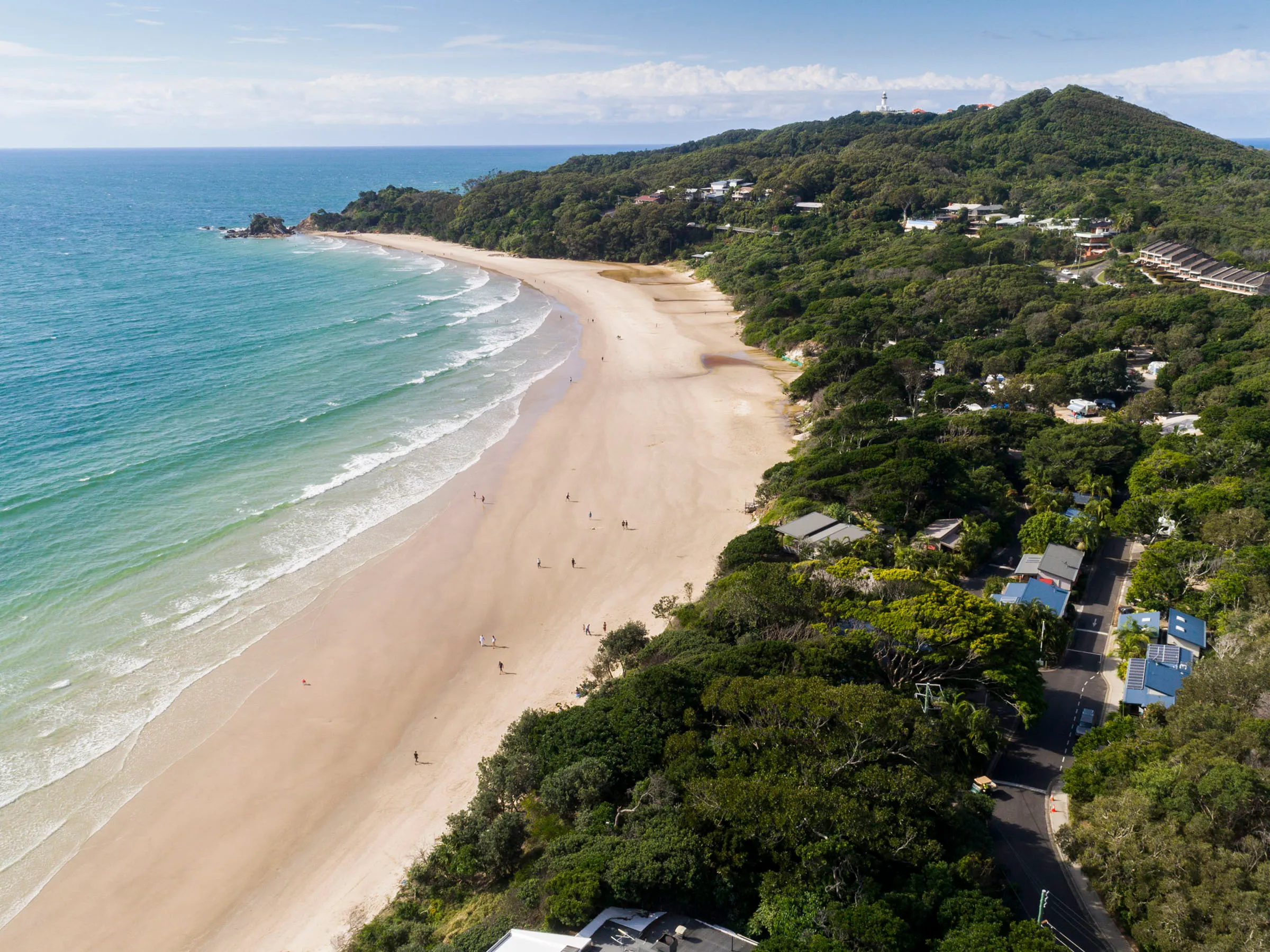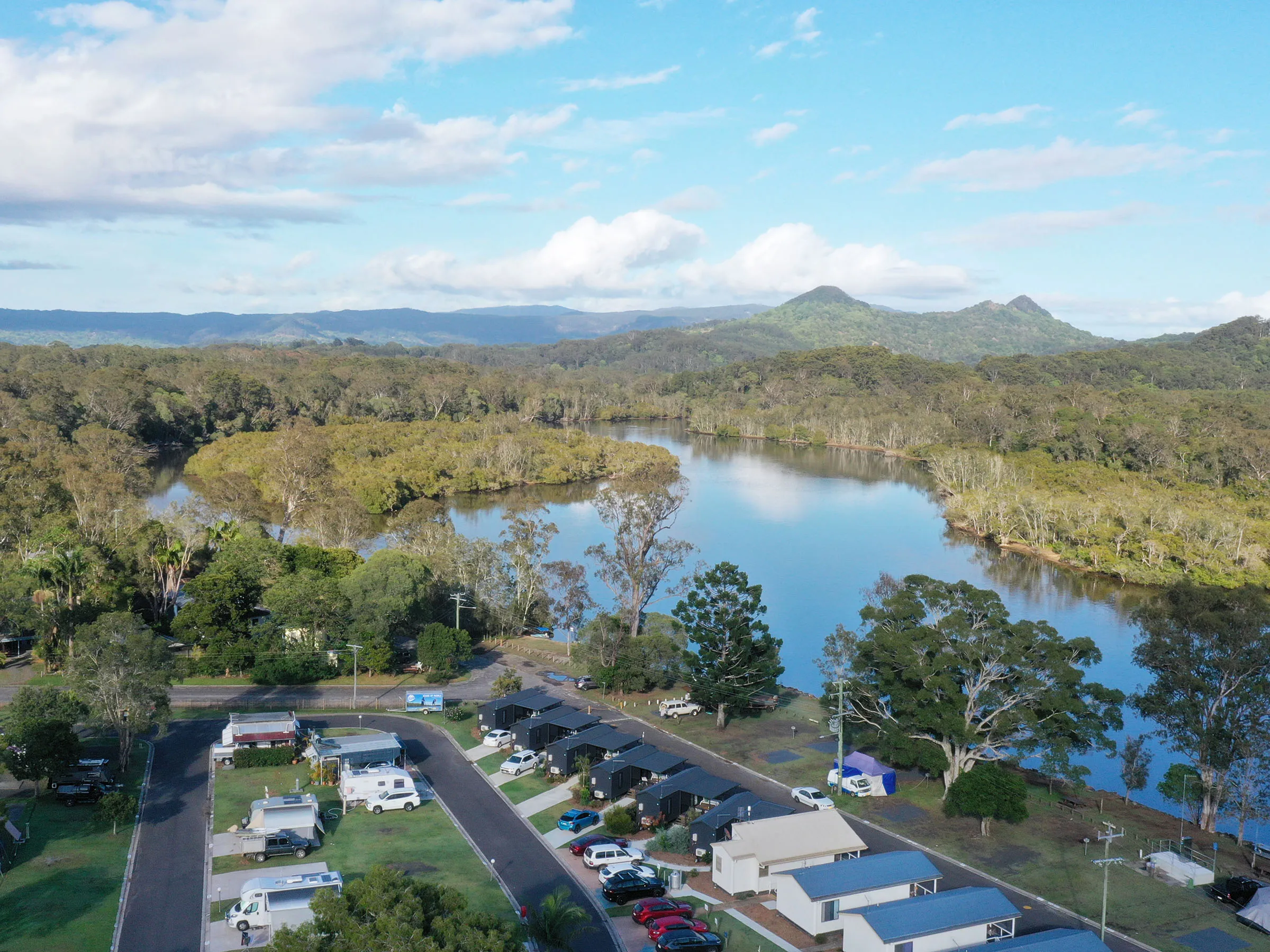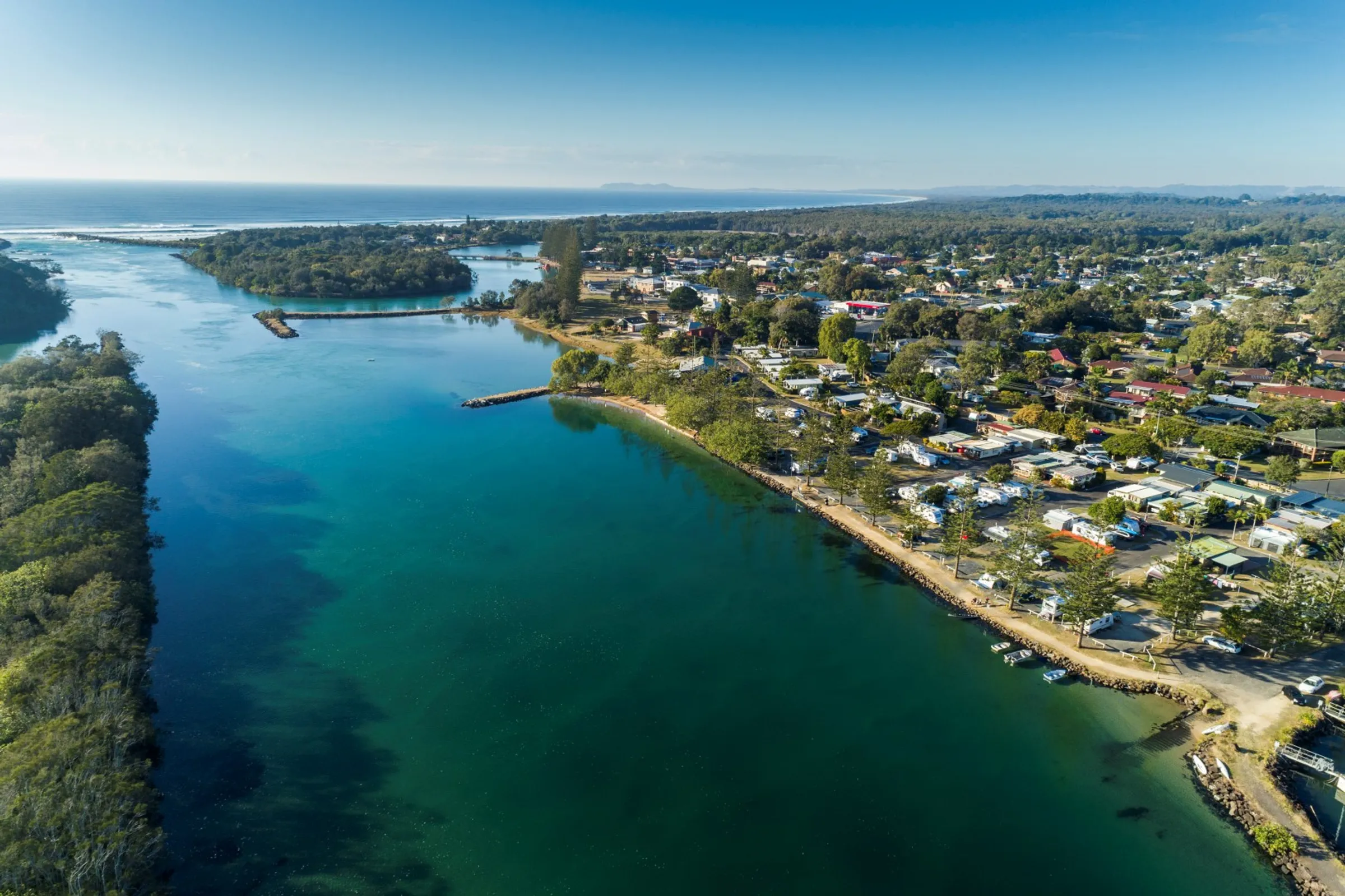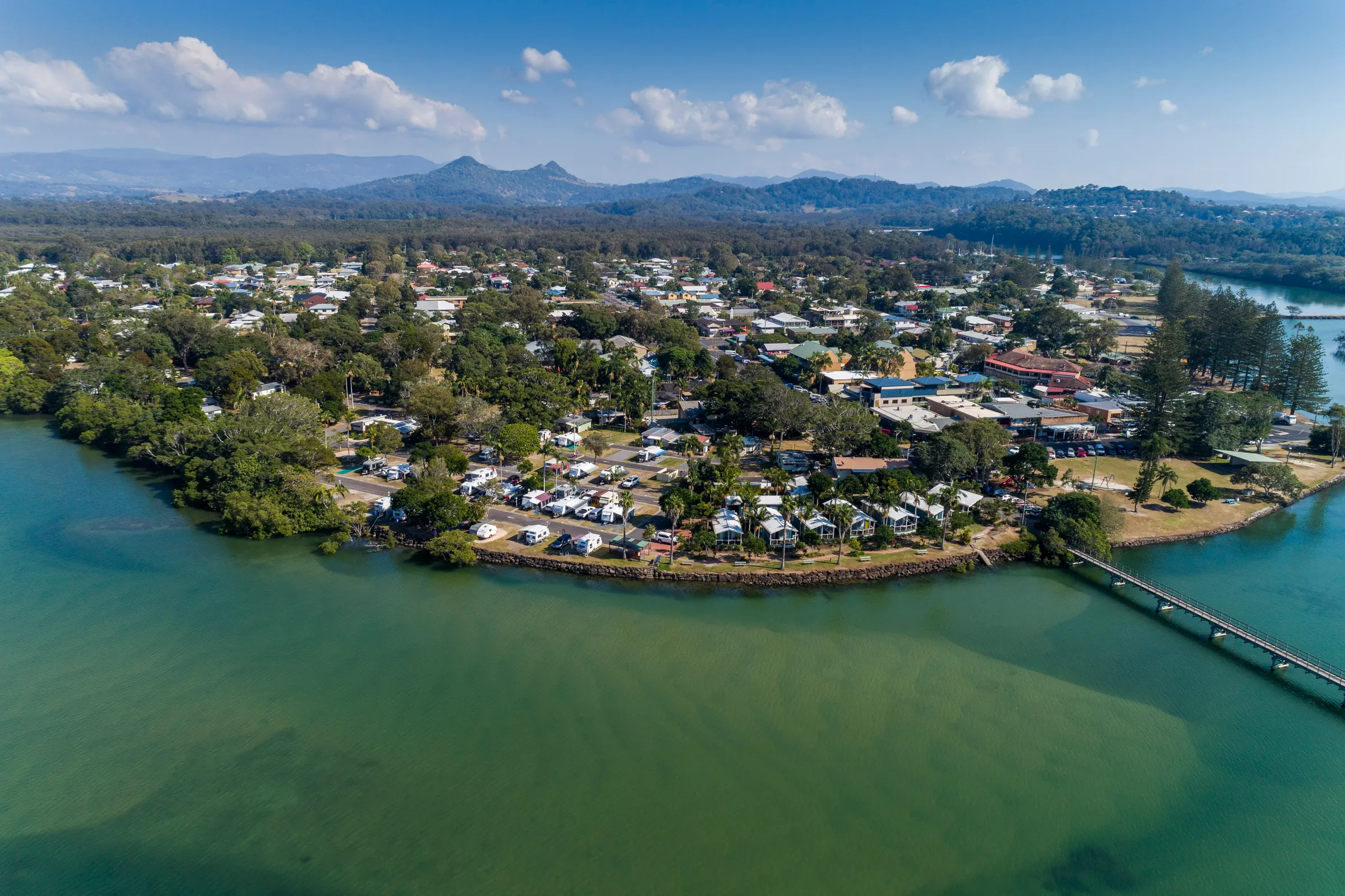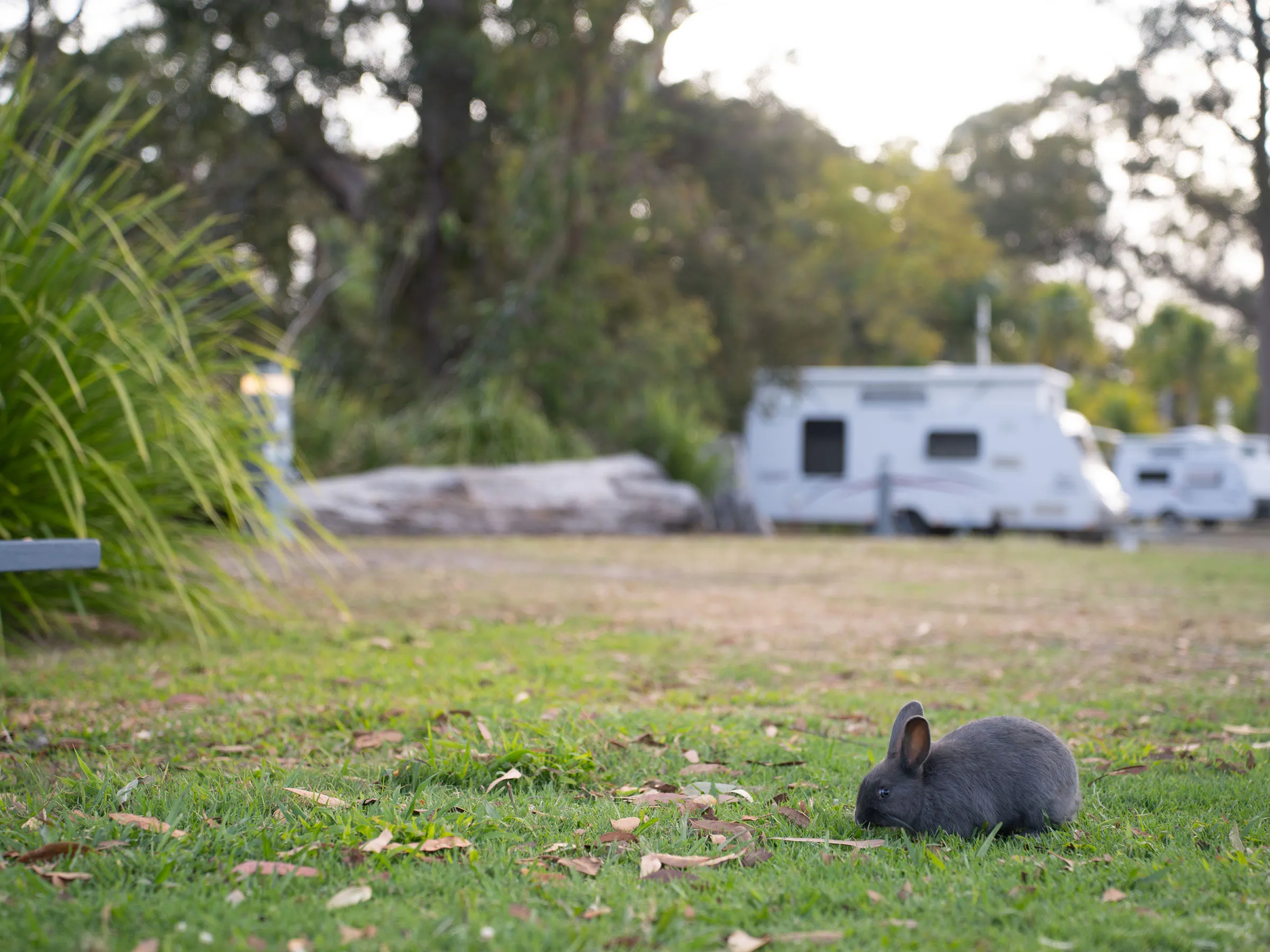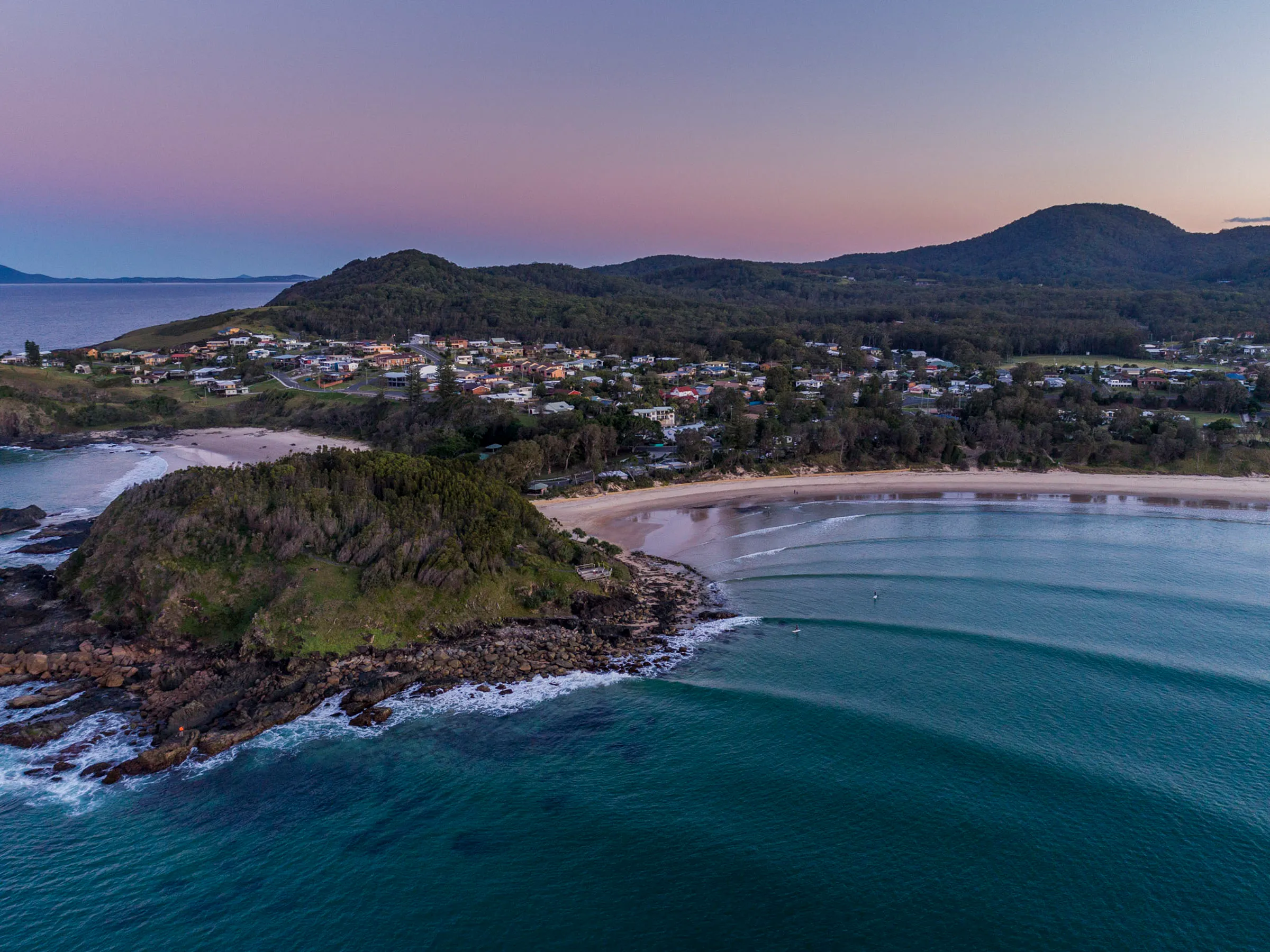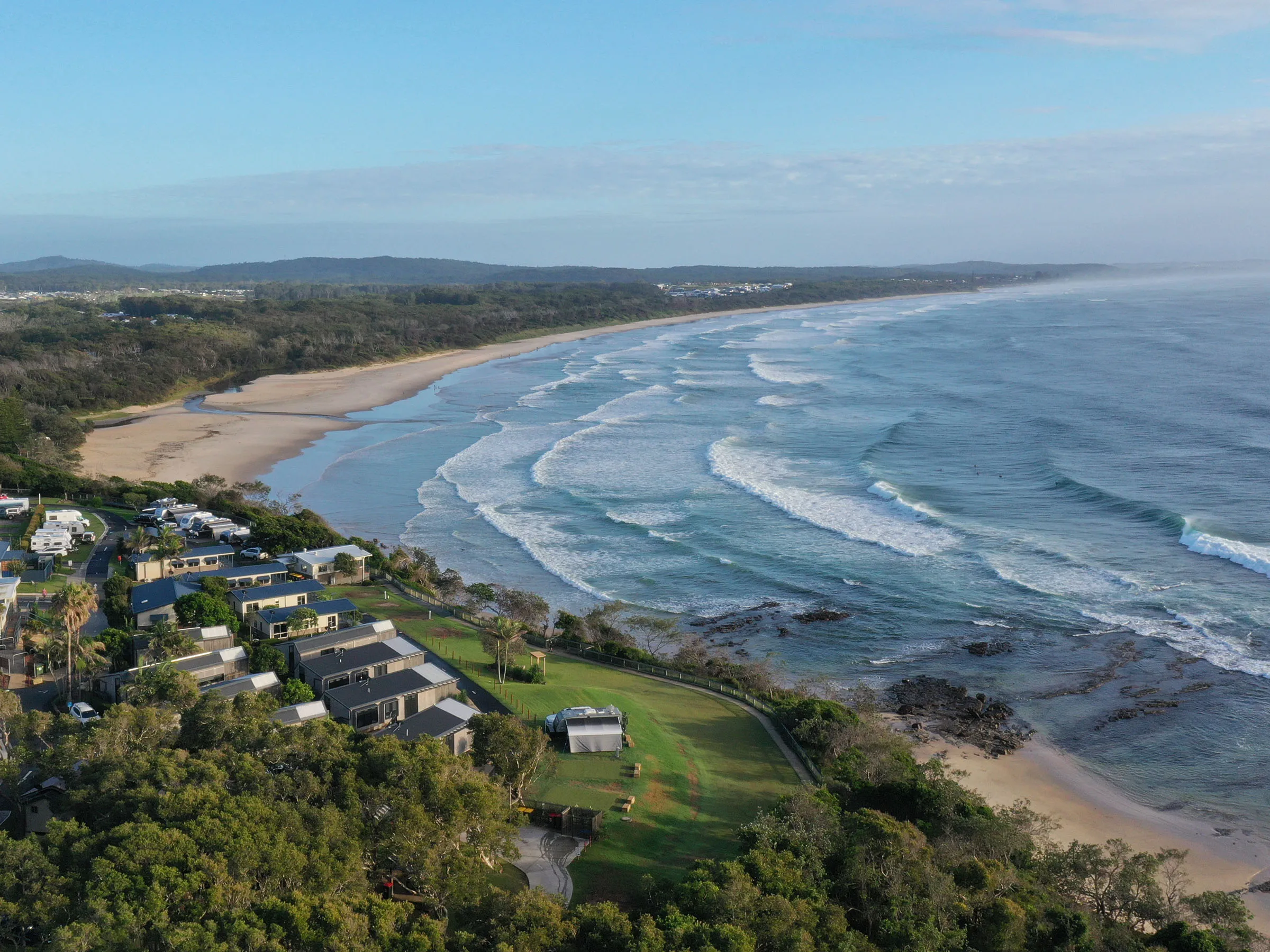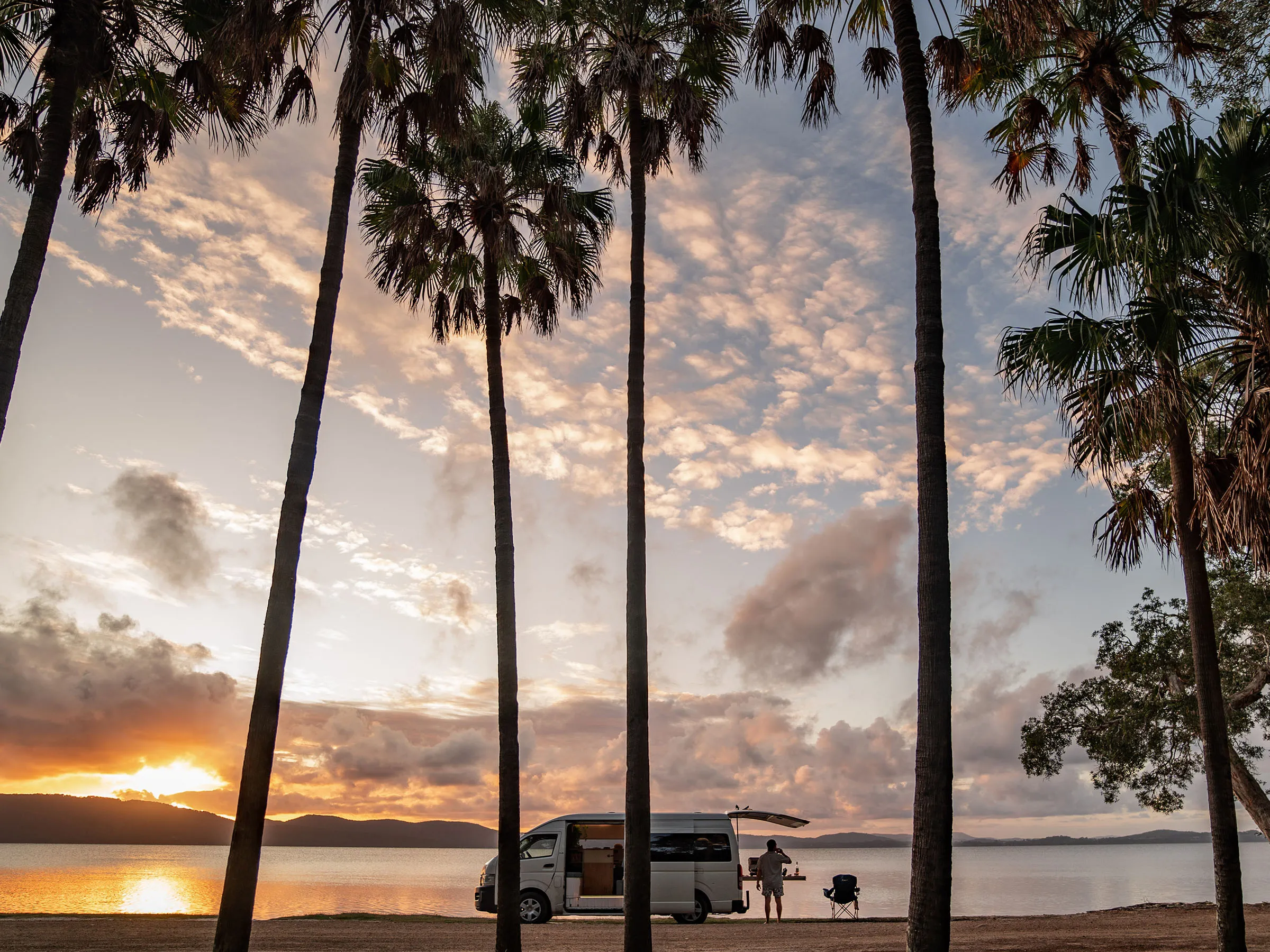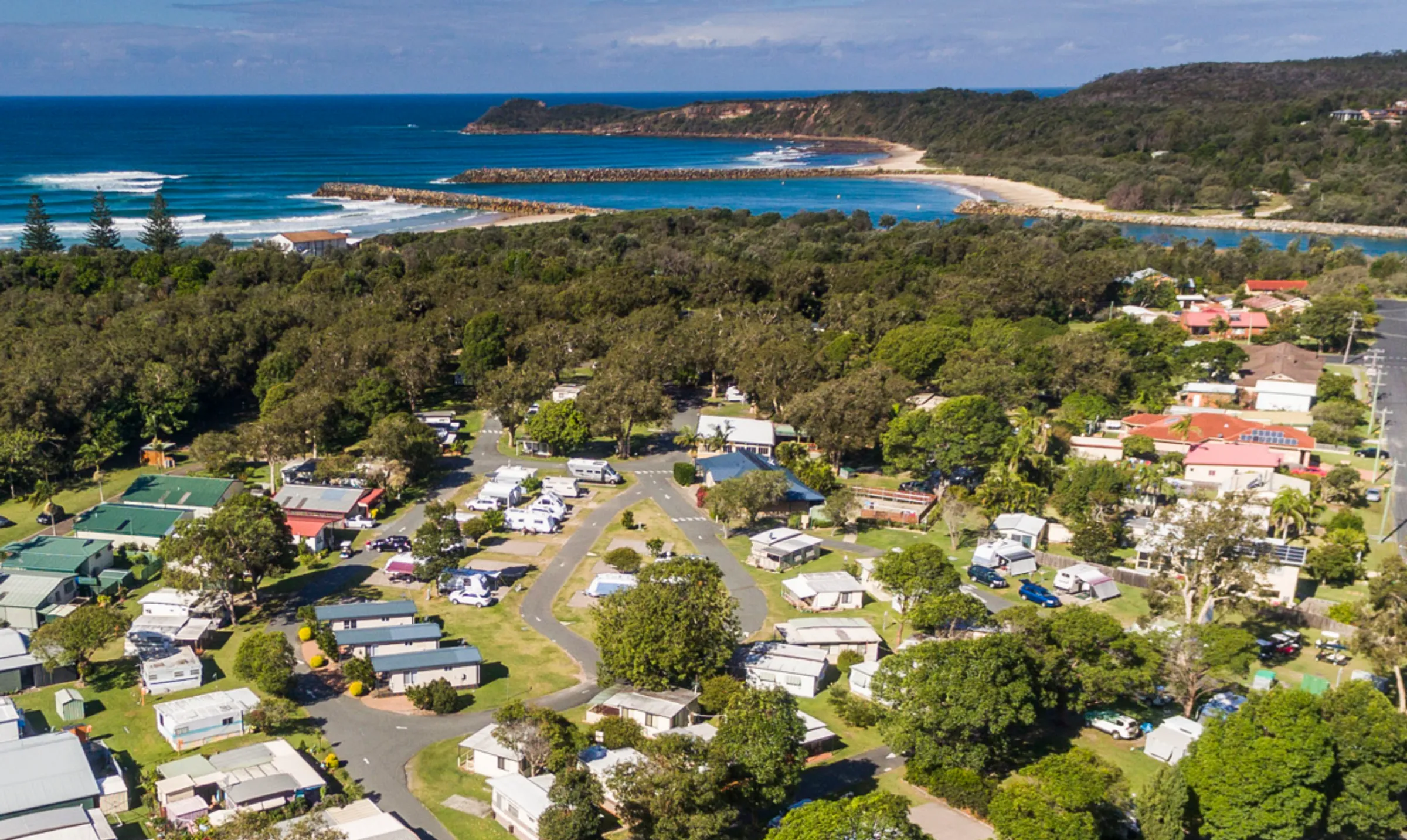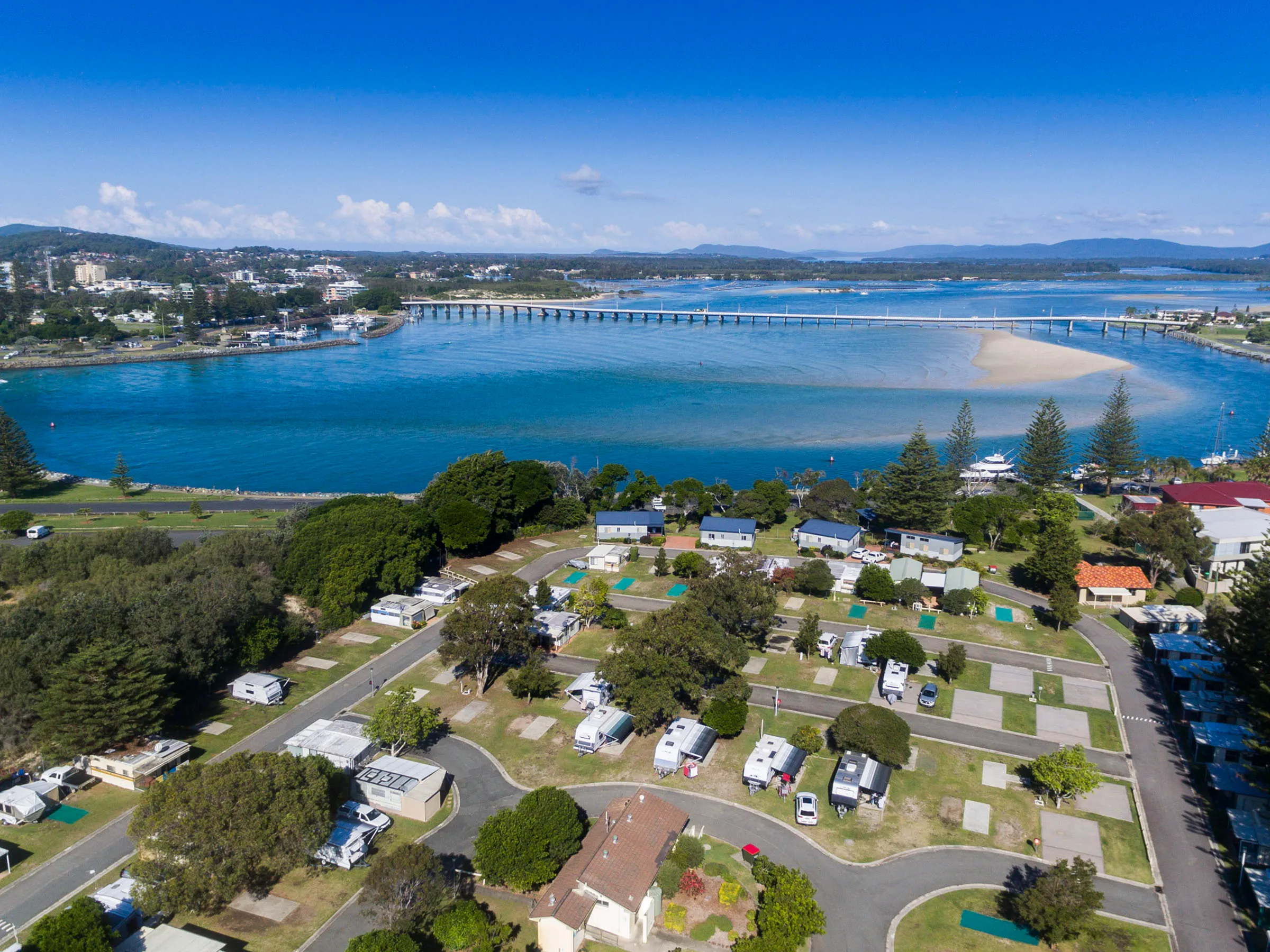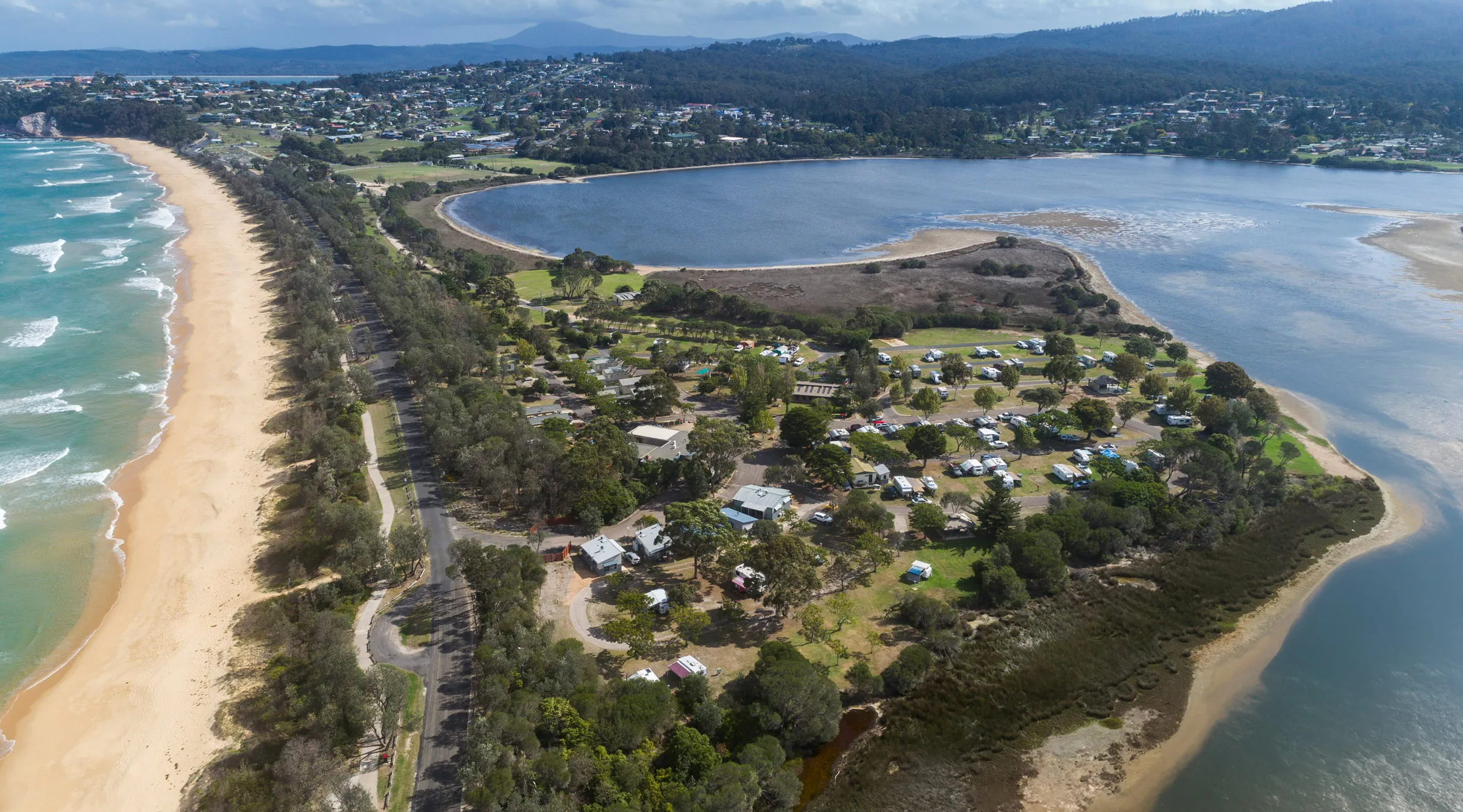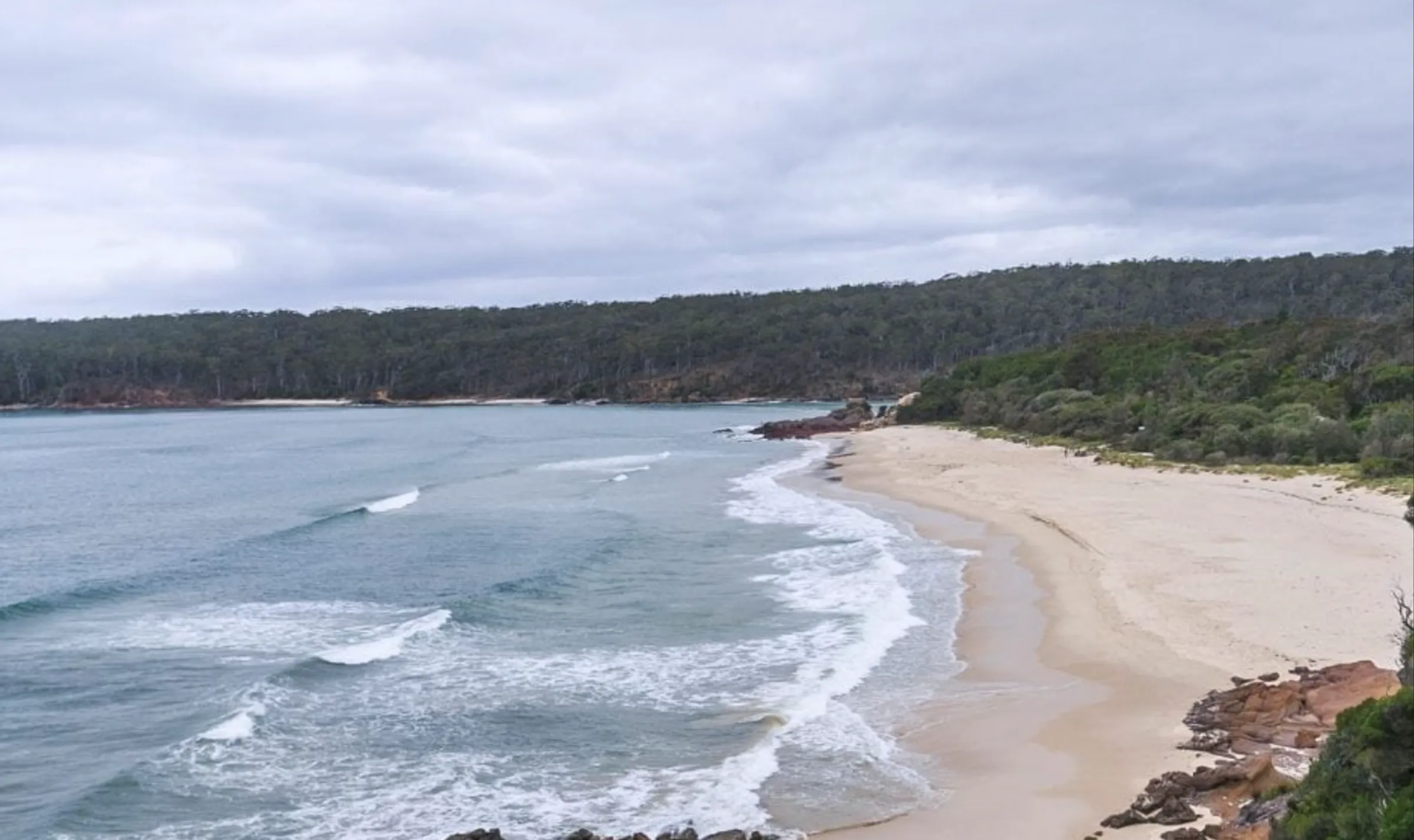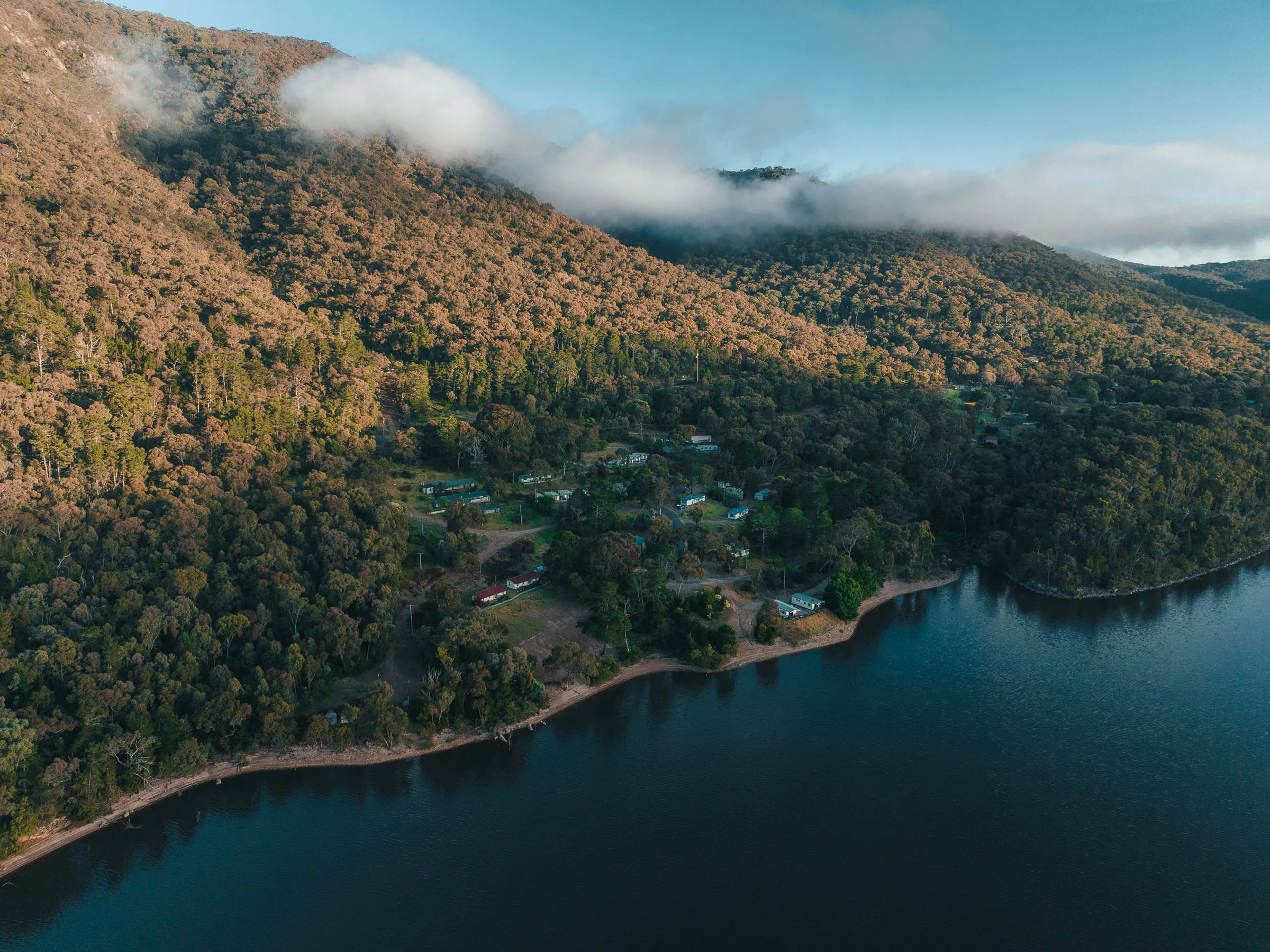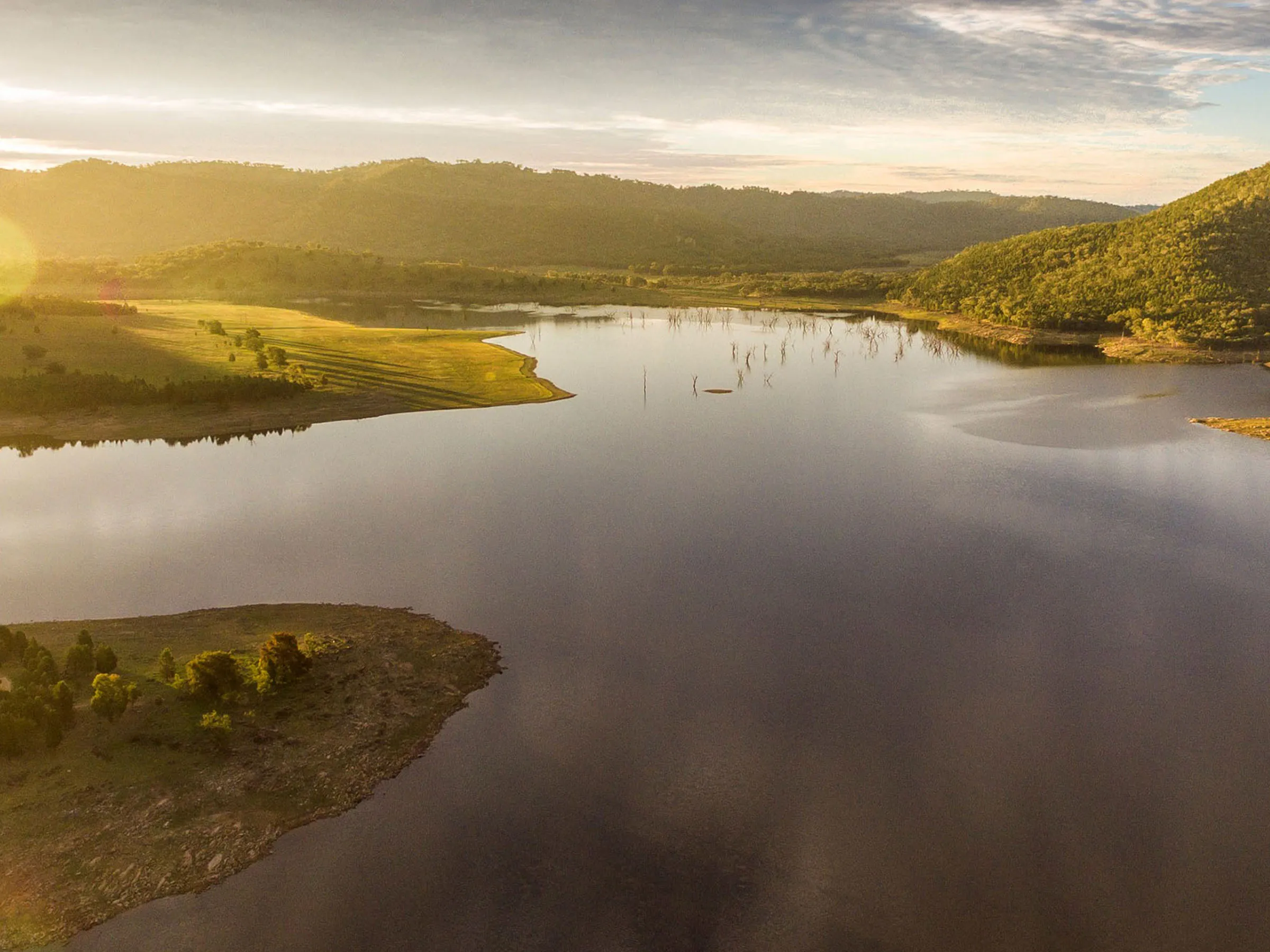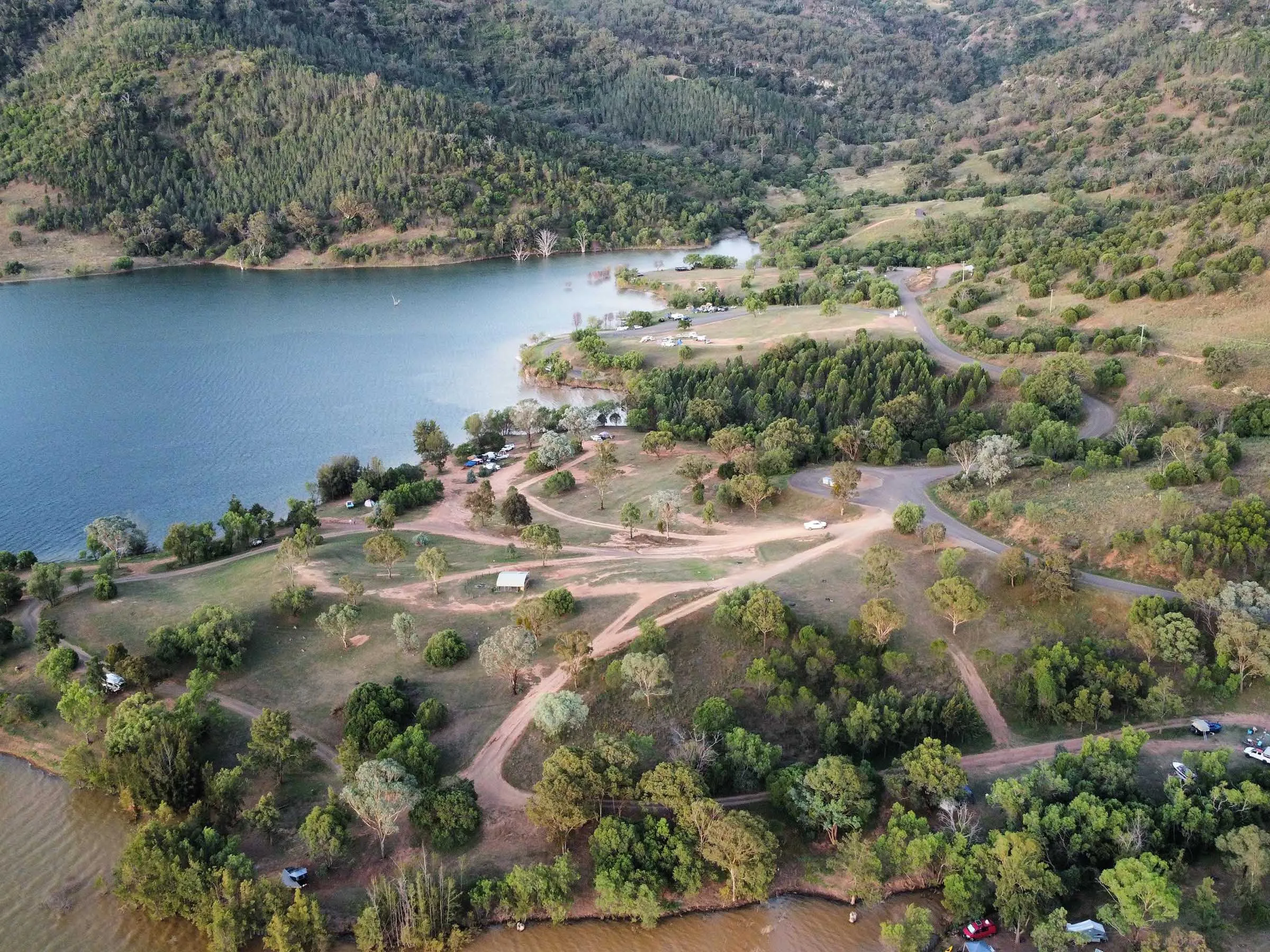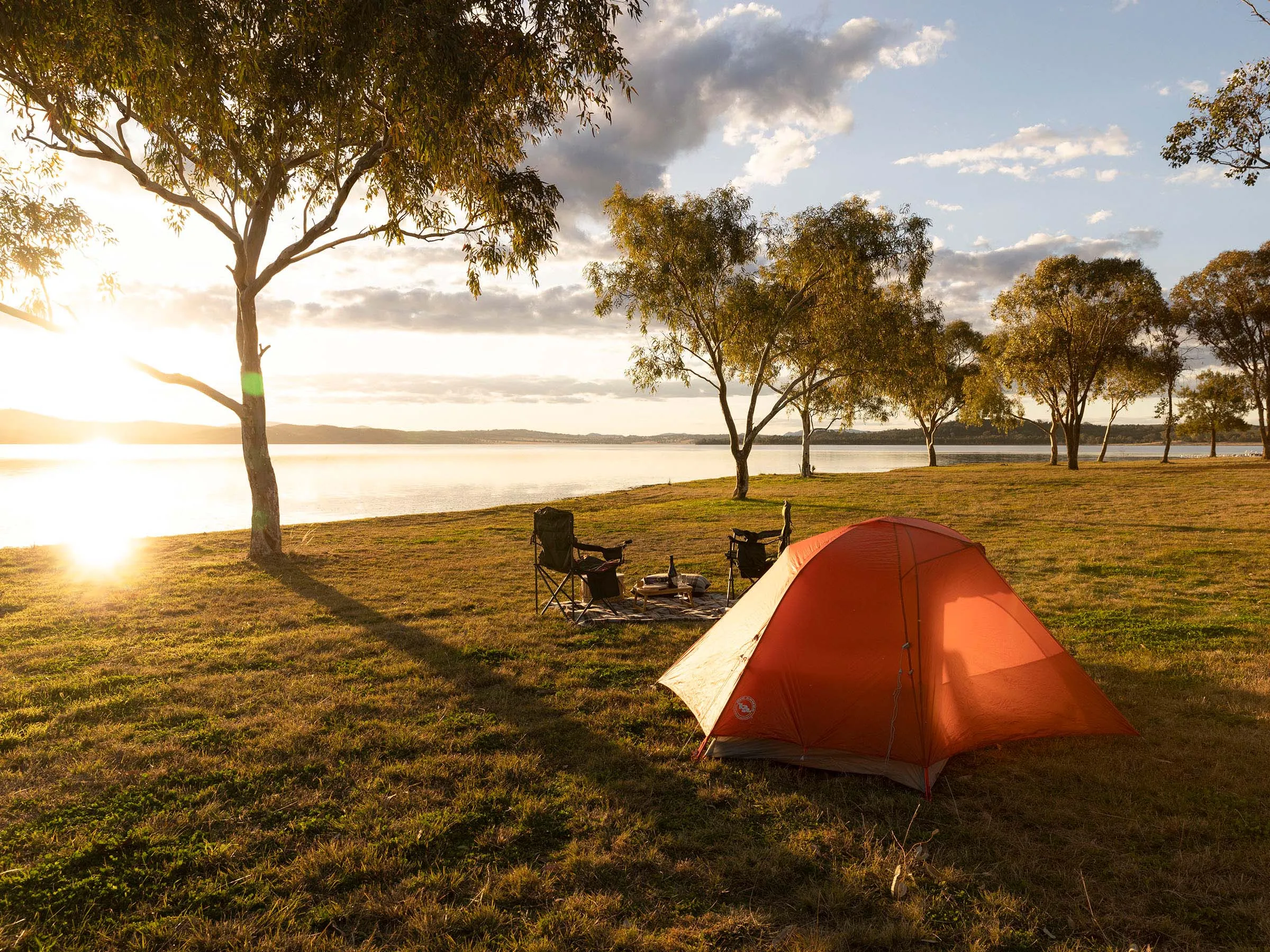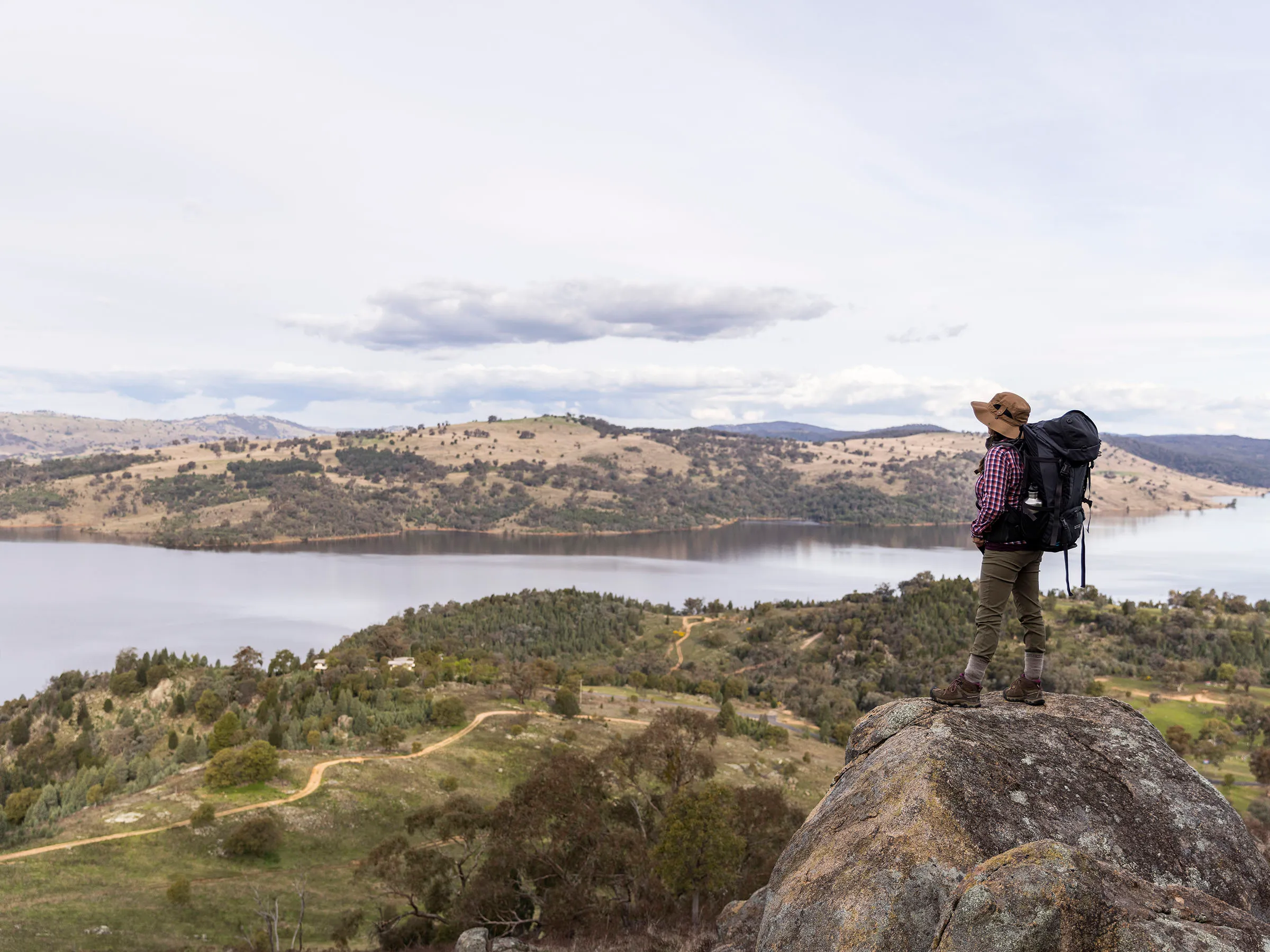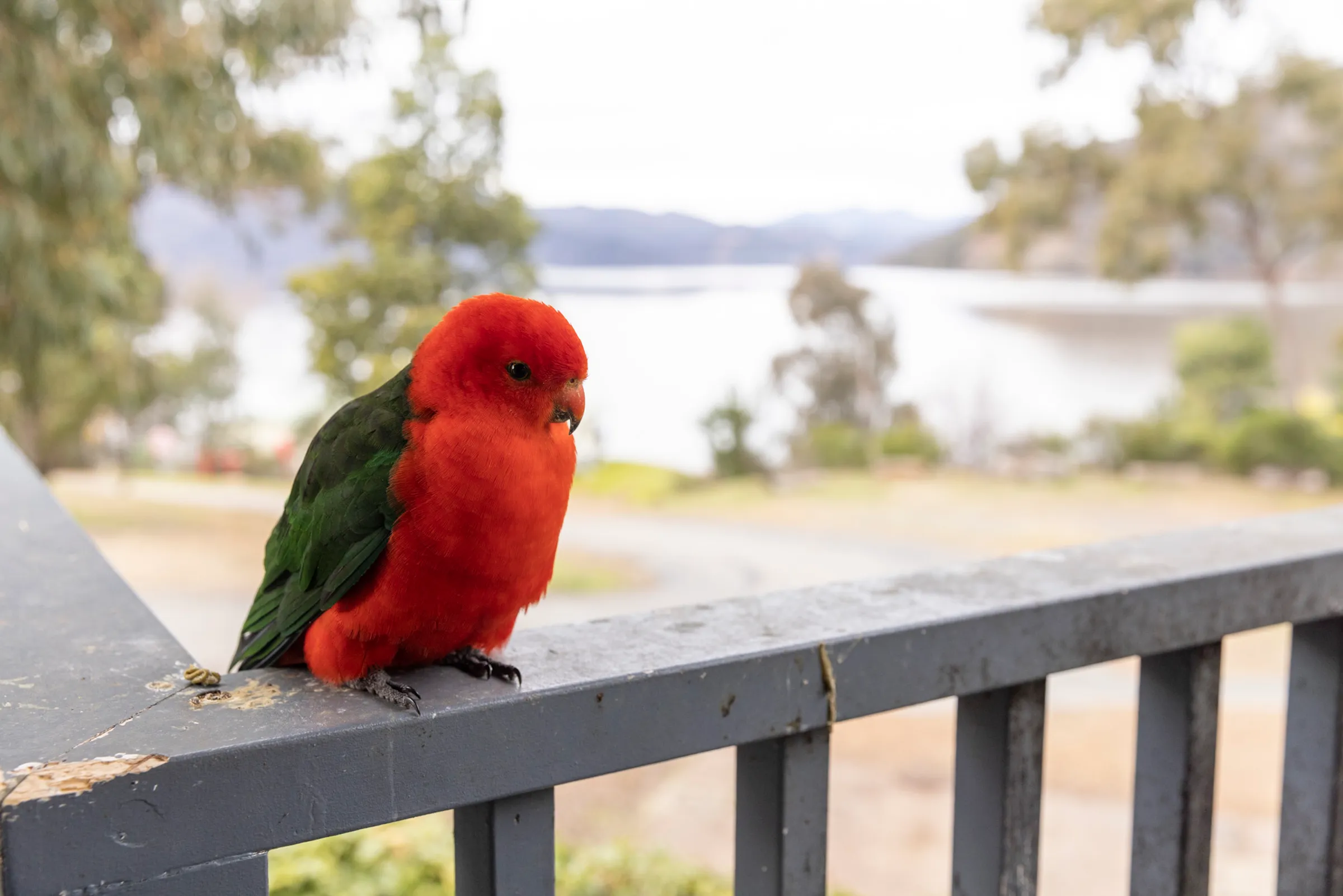
Bird Watching in NSW
Fancy a spot of holiday birdwatching?
We have the best birdwatching locations! Across all Reflections parks, campers wake to the sound of birdsong and watch flocks of birds as they have their morning cuppa.
And, if you've ever seen a camper chased down by a tiny, territorial Plover guarding its nest (add Benny Hill music to this scene), then you've experienced birdwatching at its best!
Top tips to make the most of your bird watching holiday
Bring your binoculars
Thankfully, birdwatching doesn’t require special equipment, especially when starting out. Leave the bird hides for the serious twitchers. Binoculars are great if you already have them, but in many cases the naked eye works just as well.
You’ll need a notebook and pencil, so you can jot down notes, and a field guide to identify the feathered friends you’ve seen. There are also field guide mobile apps, perfect for recording and submitting sightings, and some even feature bird calls to assist with identification.
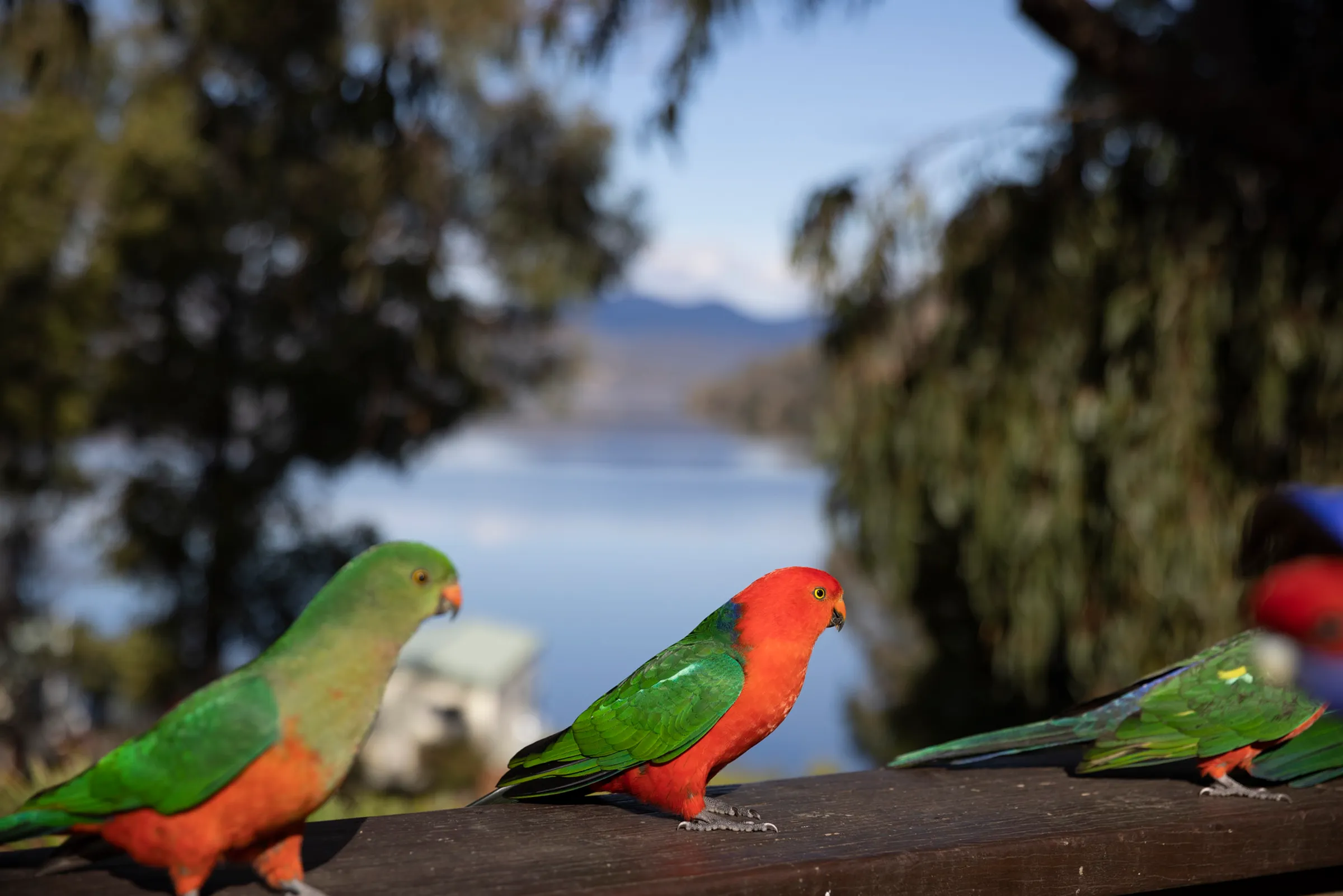
Our top bird watching tips
The easiest way to get started? Go outside and see what you can see. Or for a more targeted approach, select a local species and then search for that bird. Find it, tick it off your list, then select another one.
Either way, don’t rush. Stay quiet and just wait. Shut your eyes and listen to the sounds around you. Enjoy the peace and quiet and simply appreciate your spectacular natural surrounds.
Other birdwatching tips (thanks to Birdlife Australia) include avoiding hot days and going out in the early morning (as they say, the early bird catches the worm!). You should also wear suitable clothing, take plenty of water, and let someone know where you’re going.
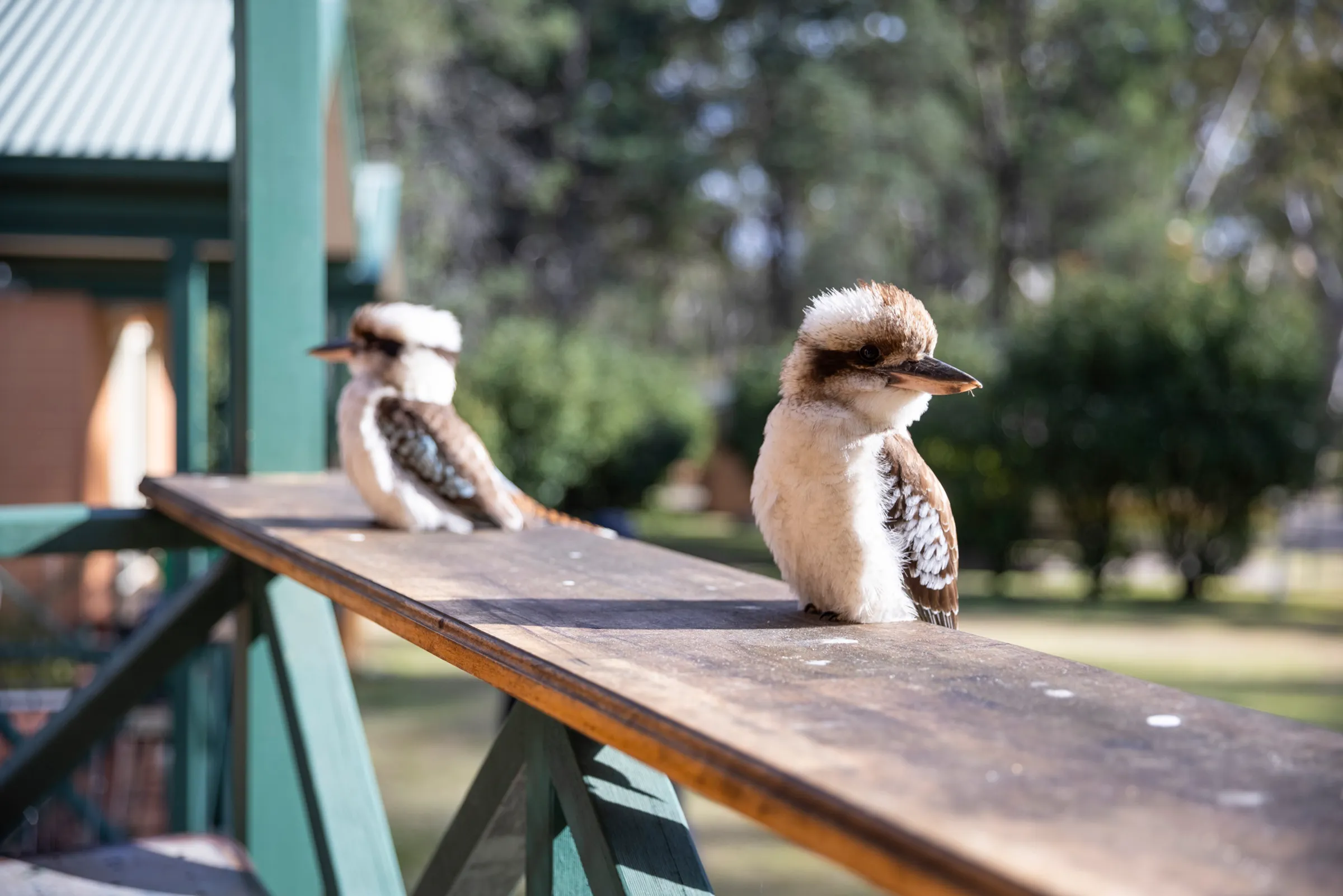
Coastal Birds NSW
Fish Diving Fun At Evans Head
Evans Head is a mecca for birdlife with pelicans, playful lorikeets, galahs, black cockatoos and of course a heap of fishing Ospreys.
Also check out the Great Comorants with their piercing green eyes who dive into the depths of the river and pop up with small silver fish in their beaks. You can then see them sitting on rocks as they spread their wings warming themselves in the sun drying their plumage.
Fun Fact 1: Despite spending most of the day diving underwater, Cormorant's feathers are not waterproof, thus they spread their wings out to dry.
Fun Fact 2: Did you know a group of Cormorant's is called a gulp? Looky there - I can see a gulp of Cormorants!
*Photo Credit: Reflections Ambassador, Geoff Hutchinson
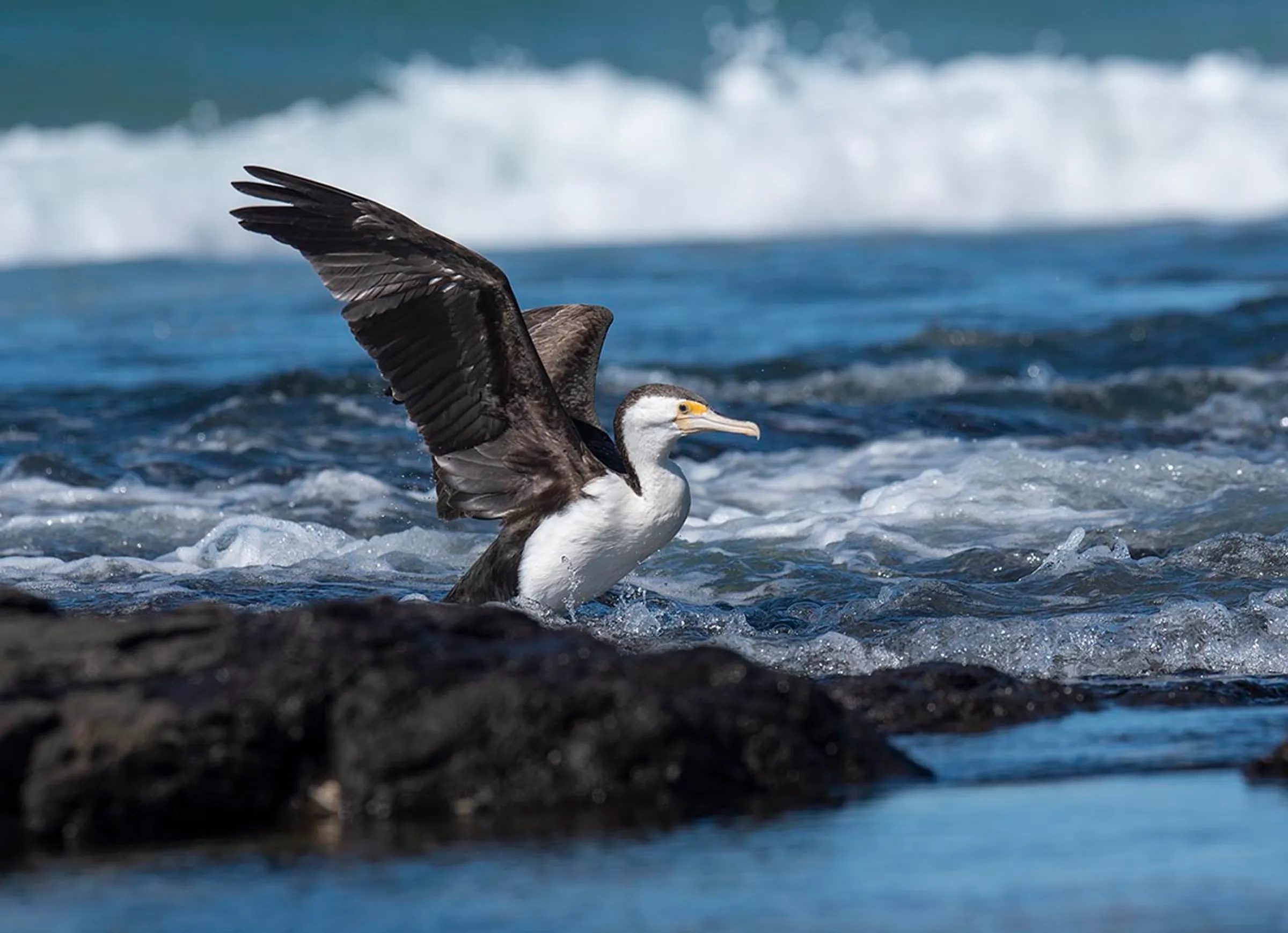
Watch White-Bellied Sea Eagles at our coastal parks
Want to check out the second largest raptor (bird of prey) in Australia?
You can see White-bellied Sea Eagles across all of our coastal parks as they soar majestically searching for their prey, which includes anything from fish to seagull chicks. They are not fussy eaters and will eat any catch they can score.
These guys mate for life and return each year to the same nest which makes for great viewing for locals and visitors alike. Our Seal Rocks park is a great pleace to check them out!
Fun fact: It takes 5-6 years for Sea Eages to attain a white belly. (Immature Sea Eagles have a belly of brown plumage.)
*Photo Credit: Reflections Ambassador, Geoff Hutchinson
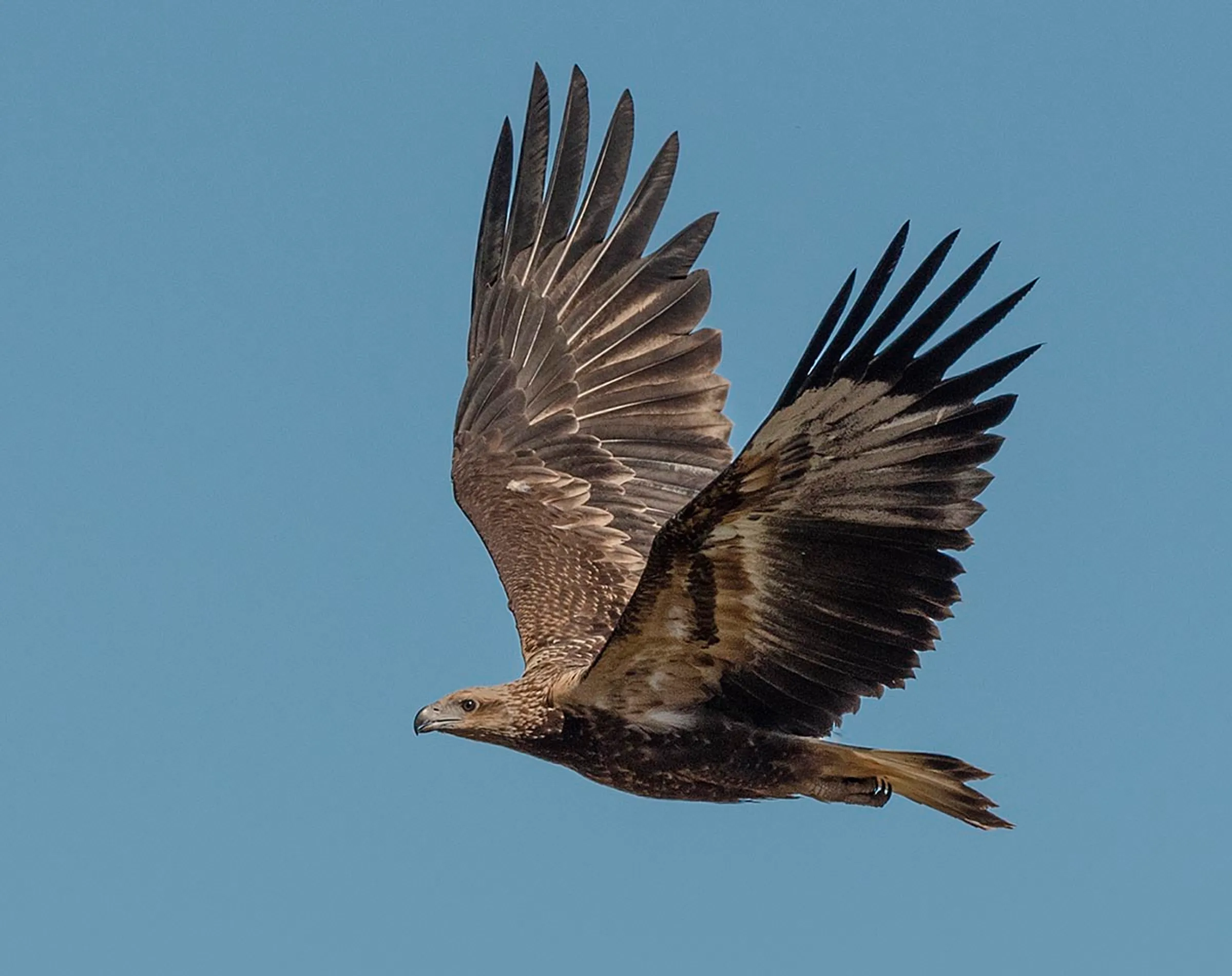
Osprey's at Shaws Bay and Ballina
Ballina and Shaws Bay have 'Ozzy the Osprey' who sits on lamp posts overlooking the river. With fish making up 99% of Ozzy's diet, you will often see his majestic swoop as he pounces on fish swimming past.
Also called a Sea Hawke, Ozzy is not an eagle but an eagle-eyed bird of prey.
Fun Fact: These fantastic, fanatical fishers are found across every Continent except Antarctica.
*Photo Credit: Reflections Ambassador, Geoff Hutchinson
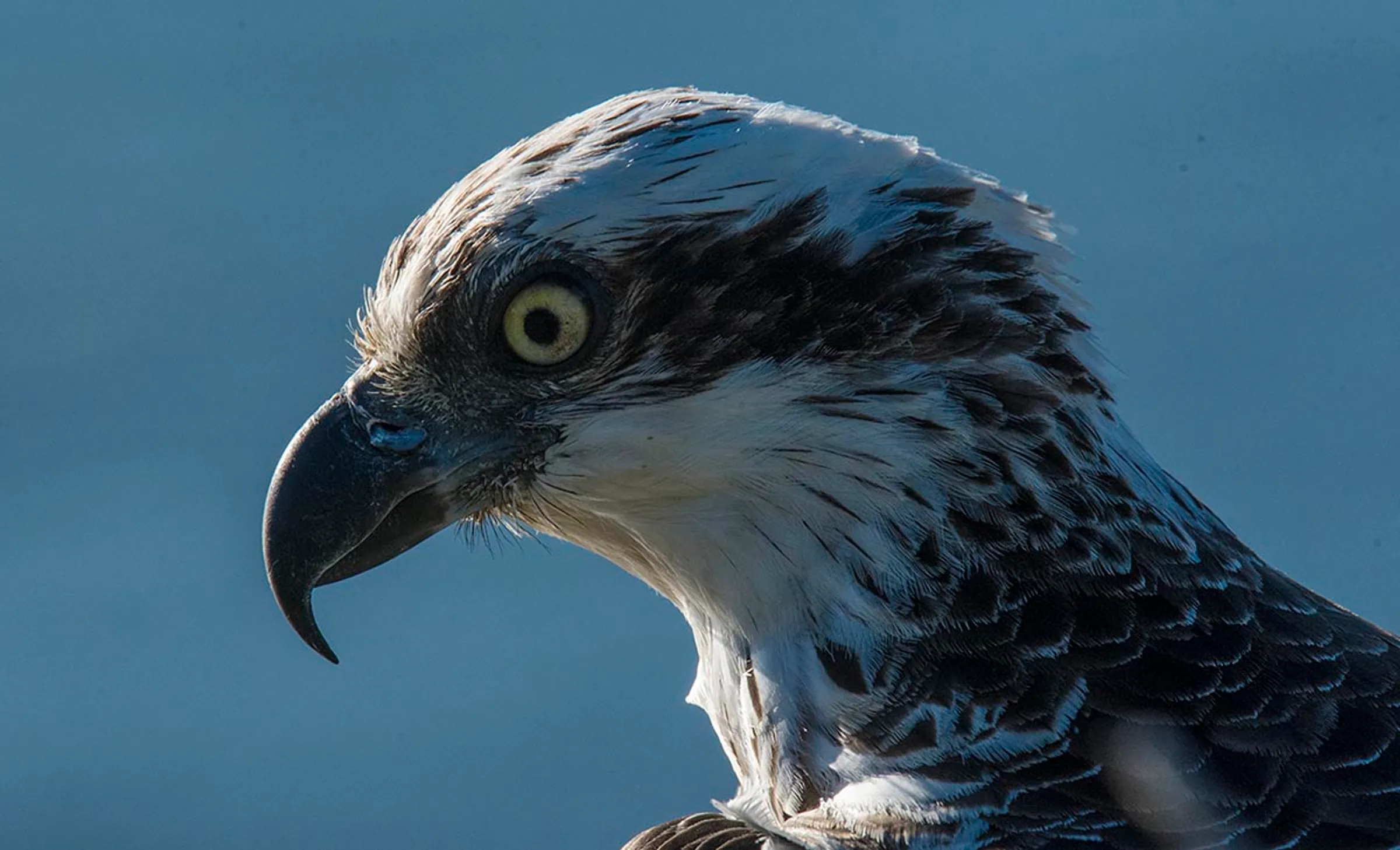
See Rainbows at Lennox Head
If you want to see all the colours of the rainbow, check out the Bee Eater, (sometimes called Rainbow Bee Eater) at Lennox Heads.
This is the prettiest bird you will ever see and can be found in the sand dunes around Lennox Heads where they build their nests.
Fun fact: Bee Eaters do not just eat bees. They also eat flies!
*Photo Credit: Reflections Ambassador, Geoff Hutchinson
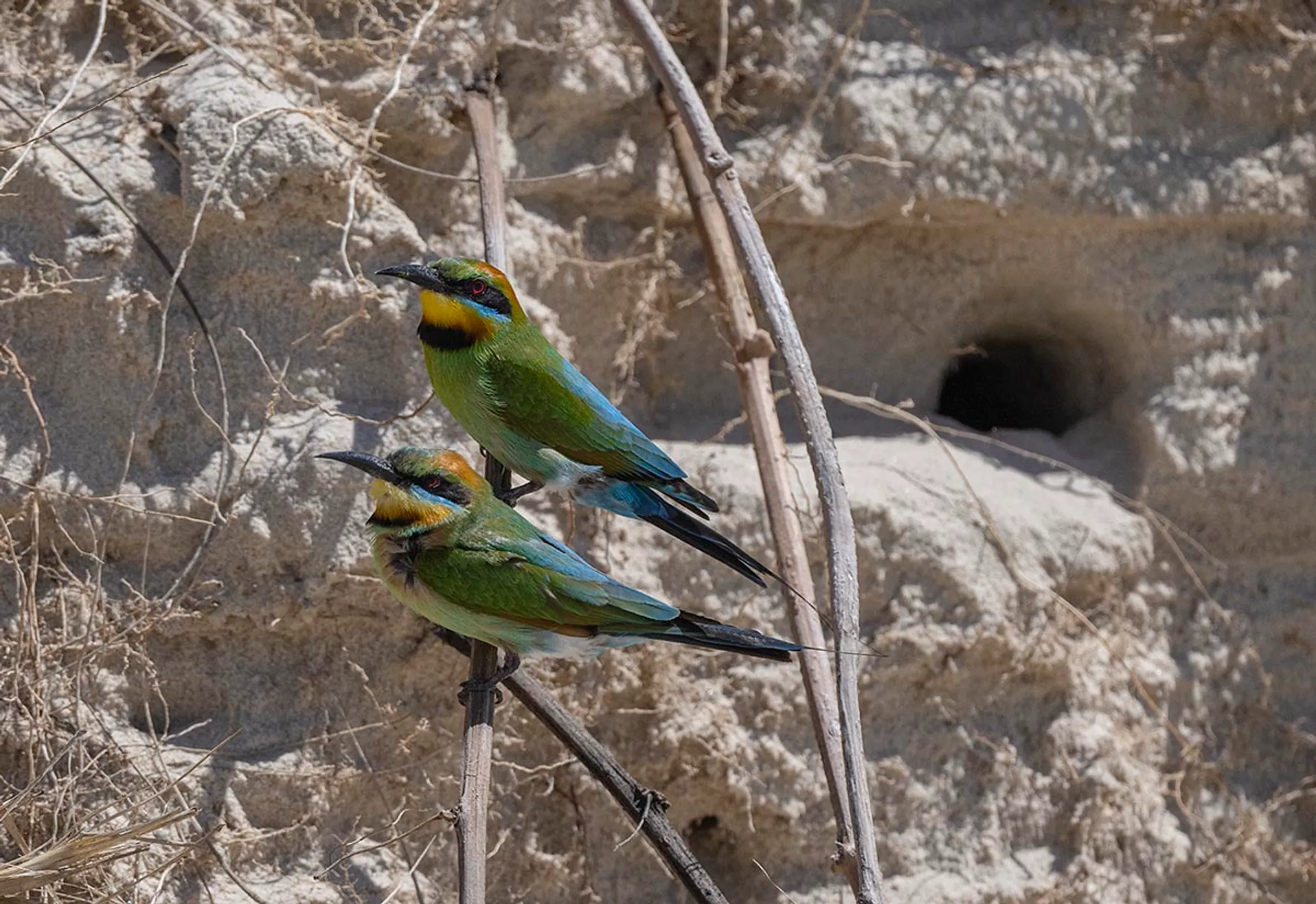
Country NSW Birding
Lake Keepit Larrikins
You know you are camping and enjoying your best life if you've had a Kookaburra swoop down and pinch a snag from your BBQ then fly away laughing. Campers have a lot of laughs at Lake Keepit and our other country parks with this loveable laughing larrikin!
As well as those belly-laughing kookaburras, Lake Keepit is also home to a range of water birds including pelicans, herons, black swans and ducks. Flocks of white cockatoos, parrots and corellas also fill the sky with a cacophony of sounds and colour.
*Photo Credit: Reflections Ambassador, Geoff Hutchinson
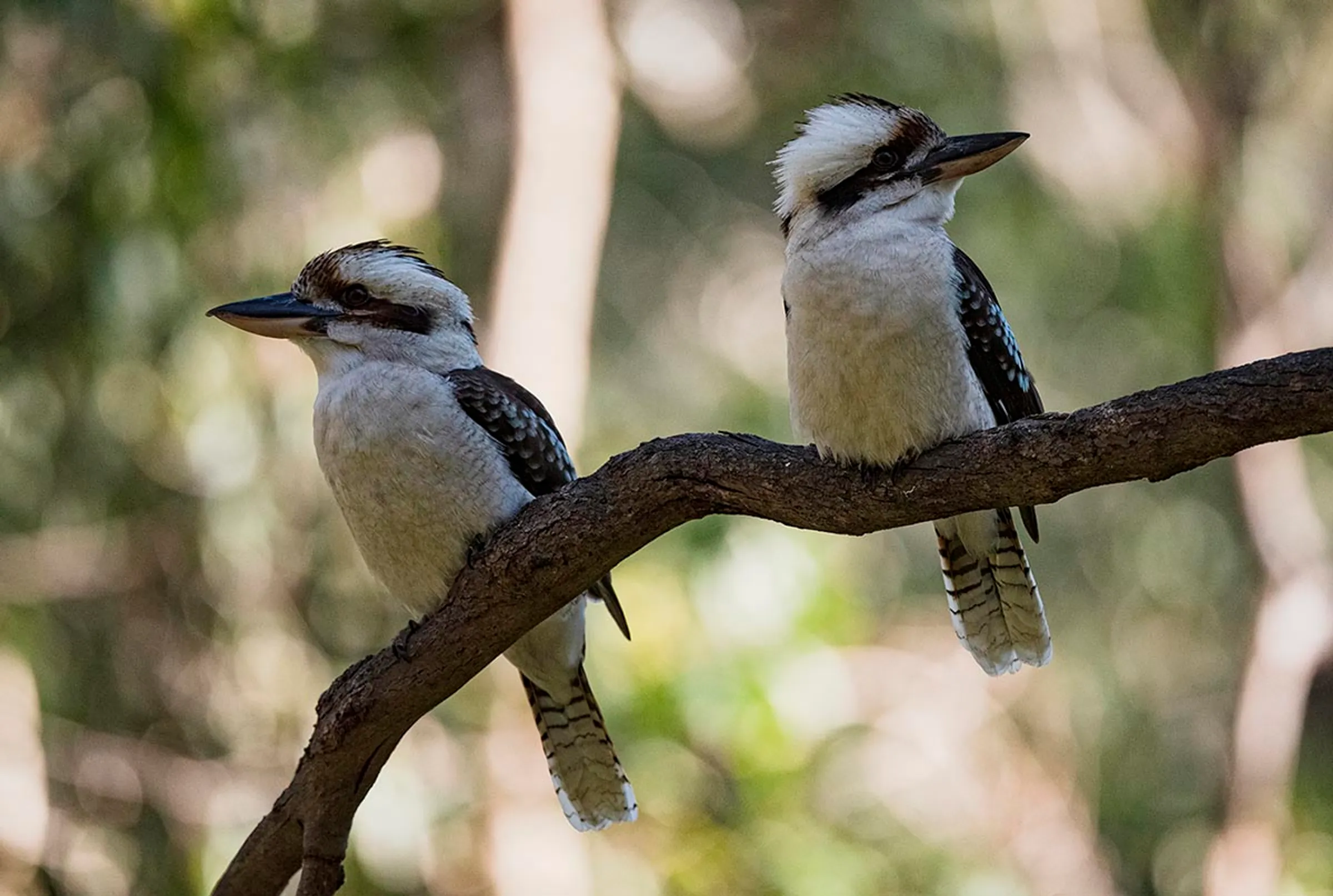
Emu-sing Birds at Copeton
Emus stroll down the dirt road with their chicks at our Copeton Waters park so that means you have to drive slow, but who wants to go fast when you have the wonders of nature at your door?
Fun Fact 1: Emus are the 2nd largest bird in the world after the good 'ol Ostrich.
Fun Fact 2: Did you know Emus have two sets of eyelids? One set to blink with and the other set to keep the Aussie dust out.
*Photo Credit: Reflections Ambassador, Geoff Hutchinson
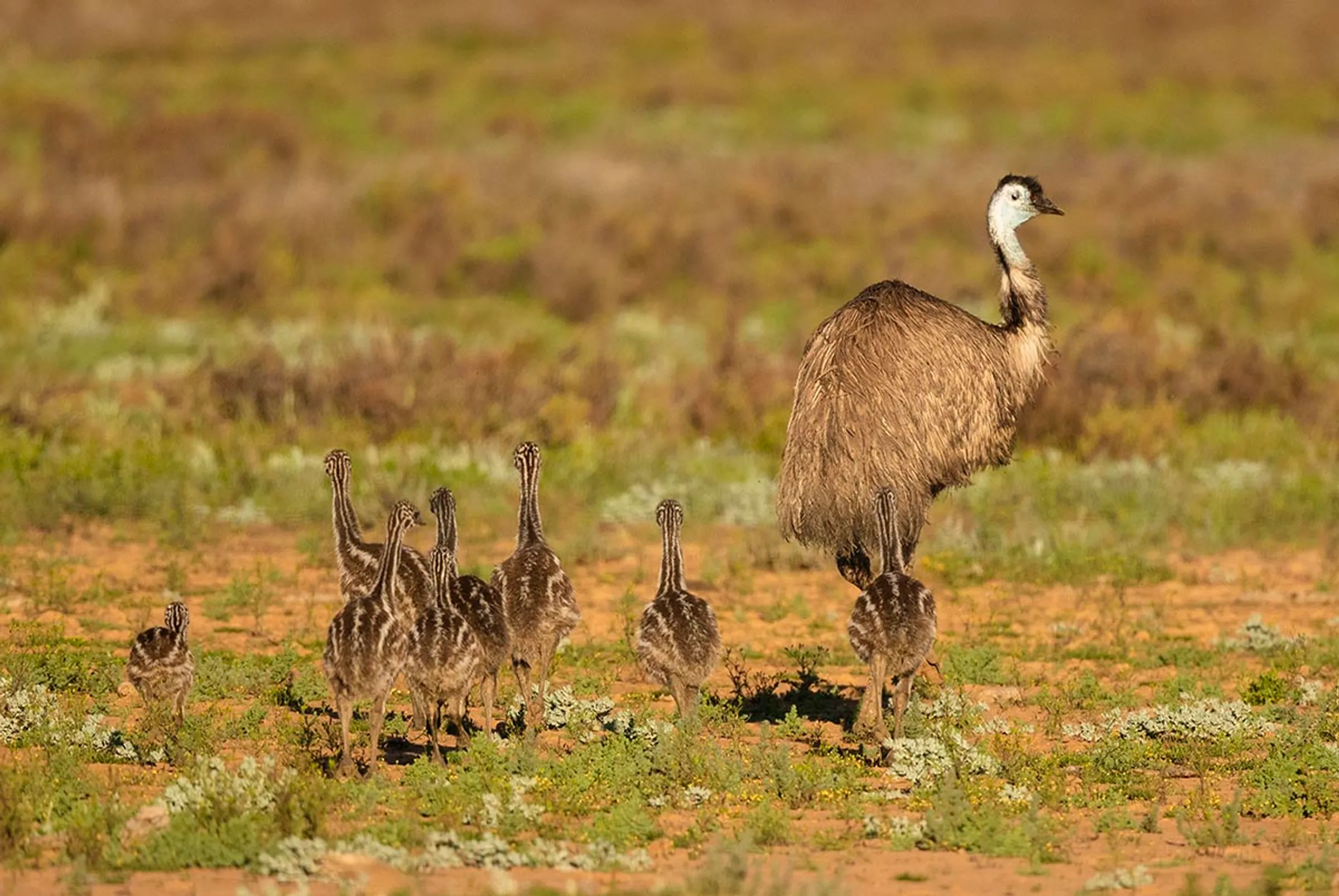
Red-rumped Parrots at our country parks
Unlike humans, our male feathered friends can be more colourful and put on feathery displays to attract their partners who look quite dull in comparison. (Sorry guys, nothing personal!).
The Red-rumped Parrot, (sometimes called Grass Parrots), can be found in our country parks including Copeton Waters, Lake Keepit, Burrinjuck Waters and Lake Burrendong.
Fun fact: Red-rumped parrots are smart and can mimic our speech.
*Photo Credit: Reflections Ambassador, Geoff Hutchinson
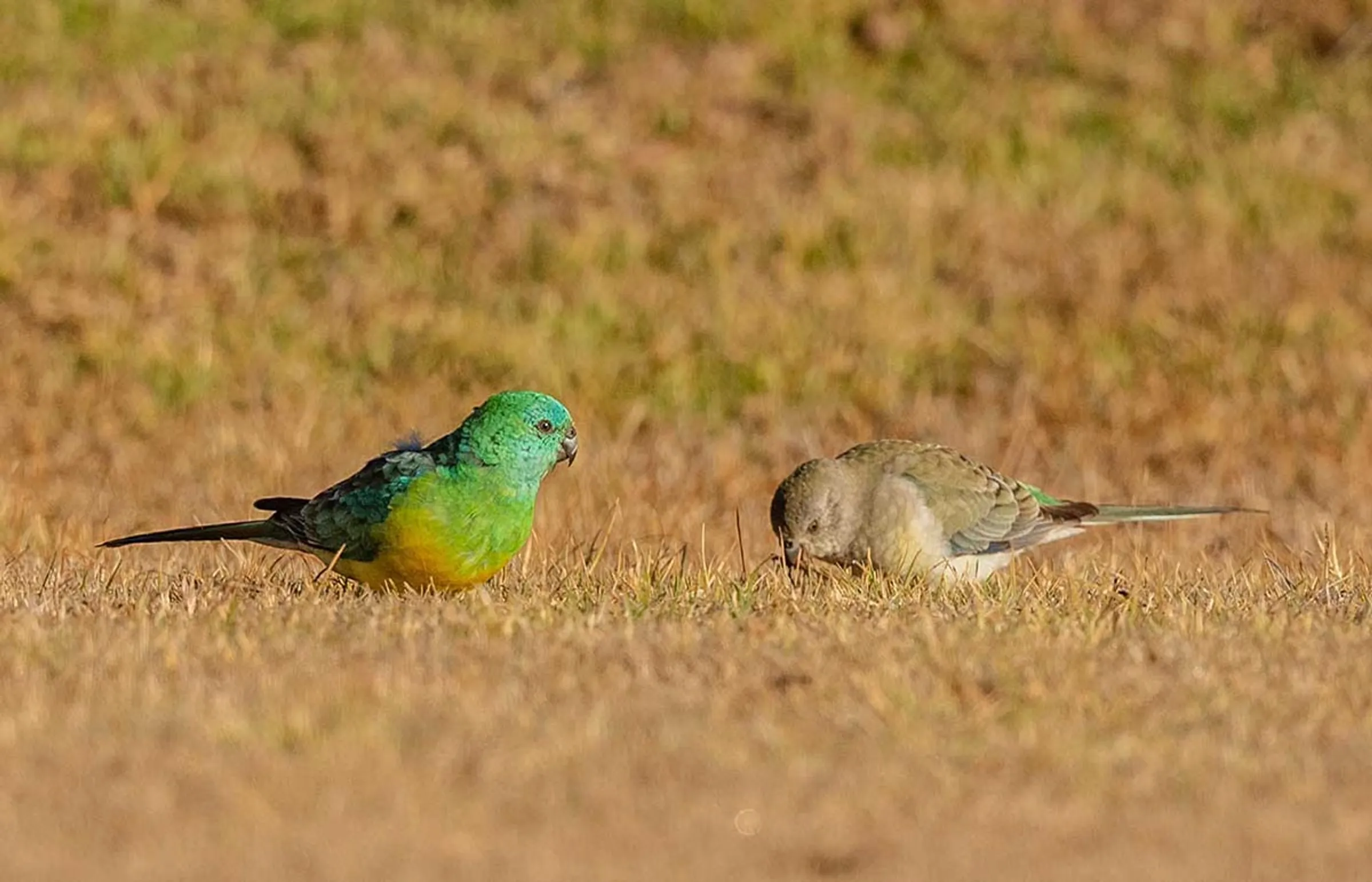
Get a glimpse of these birds whether you're coast or country
Superb Fairywrens - coastal & country
Did you know our country and coastal parks are also home to tiny wrens that change colour during their mating season?
Check out the Superb Fairywren, with their vibrant black and blue colours at Seal Rocks or Byron Bay.
Fun fact: Male Superb Fairywrens have been called 'the least faithful birds in the world.'
*Photo Credit: Reflections Ambassador, Geoff Hutchinson
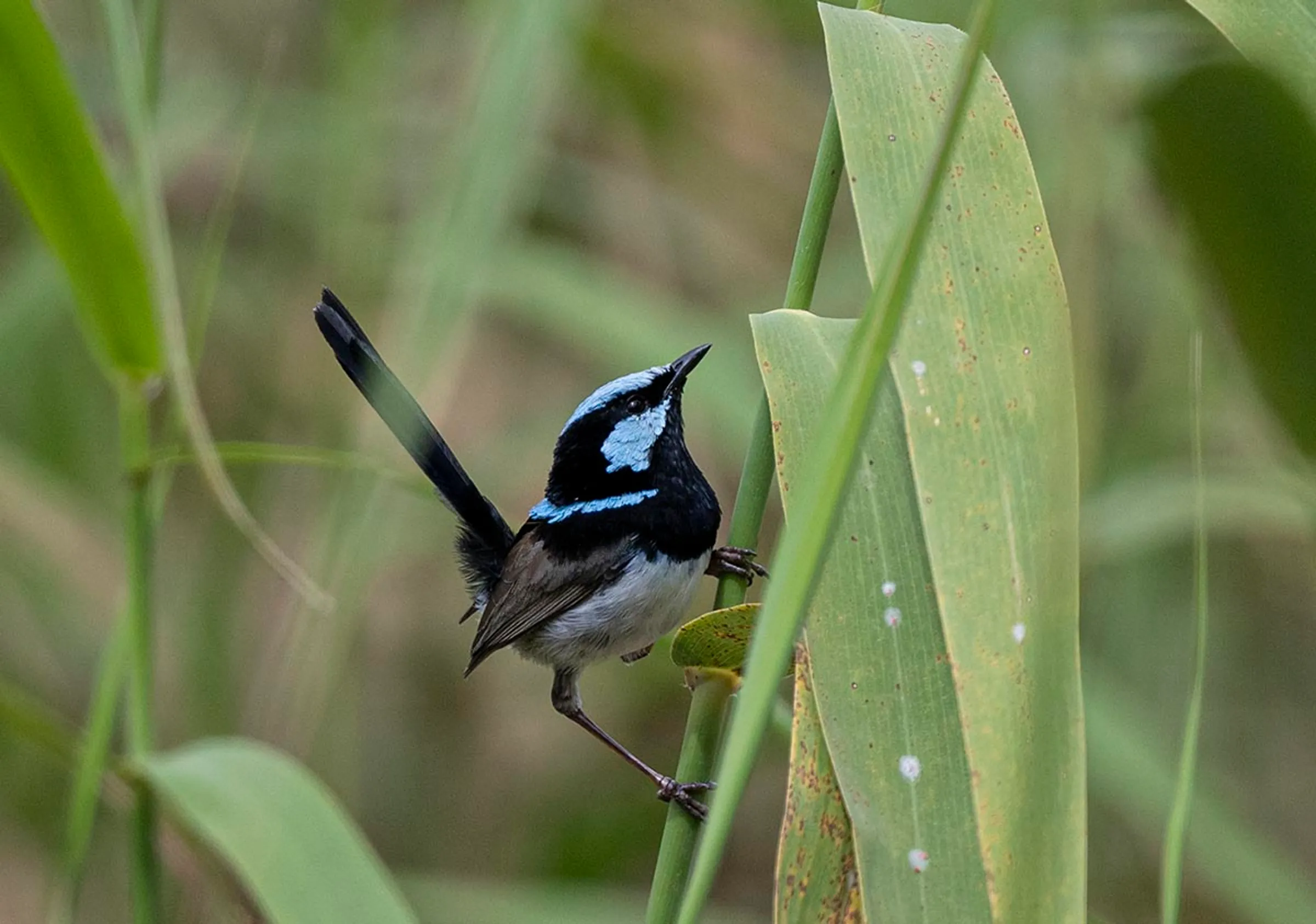
Red-backed Fairywren - coastal & country
Check out the Red-backed Fairywren at our coastal or country parks.
They have a vibrant colouring but are still not easy to spot as they dart into thick underbrush looking for their mate.
*Photo Credit: Reflections Ambassador, Geoff Hutchinson
